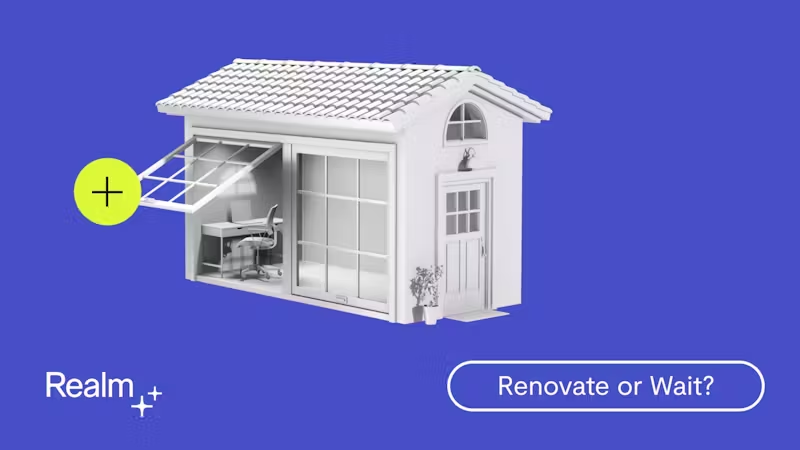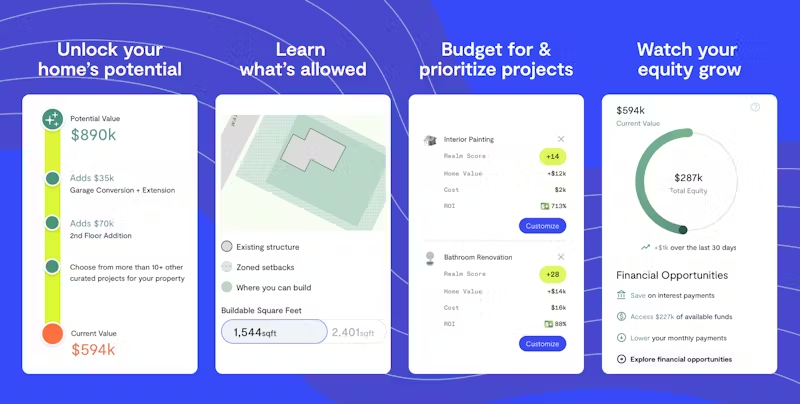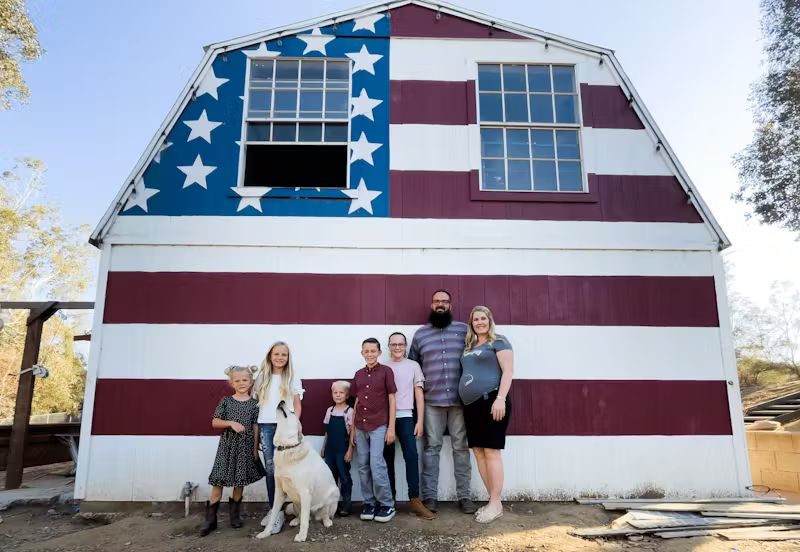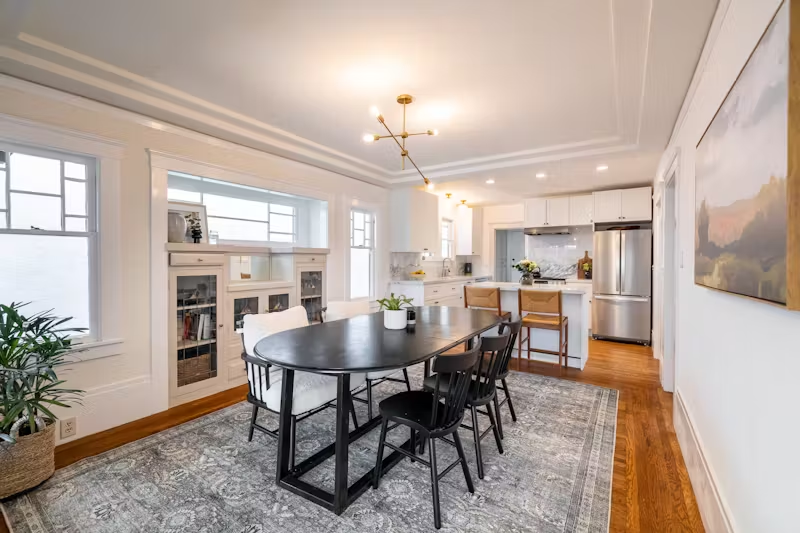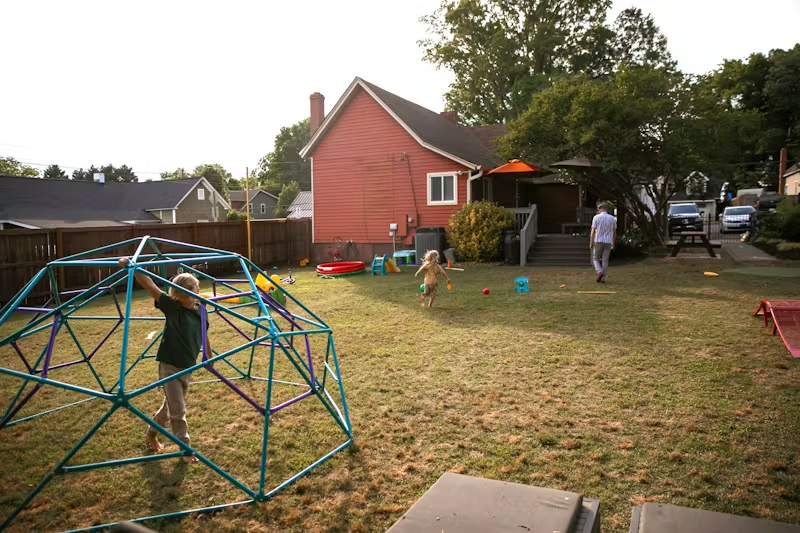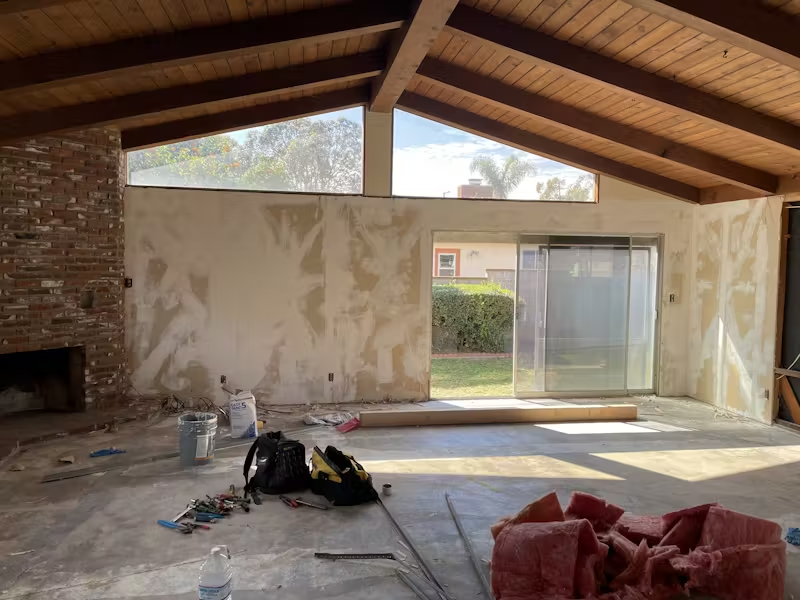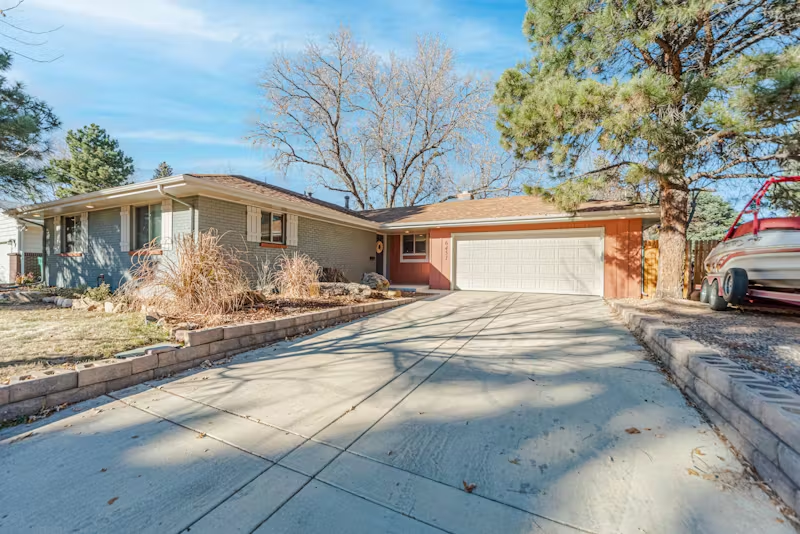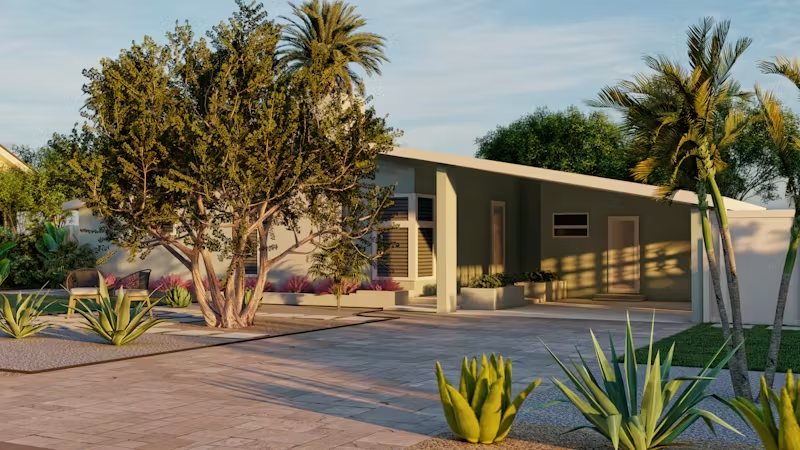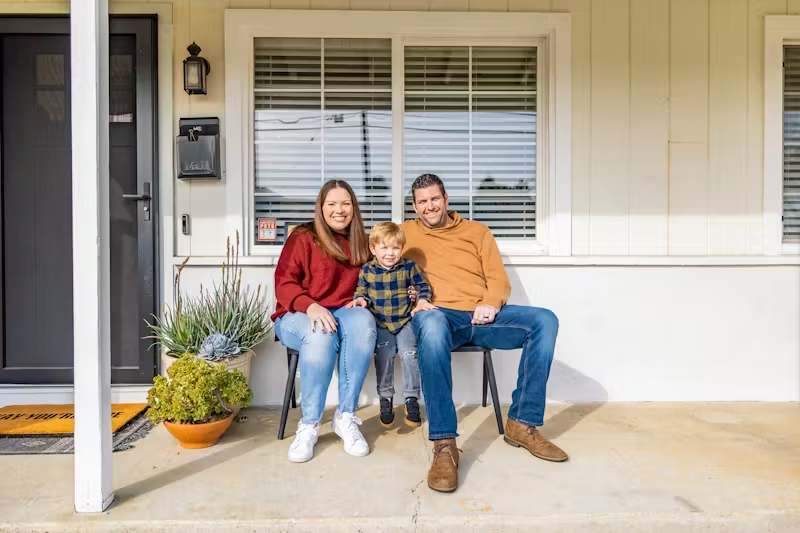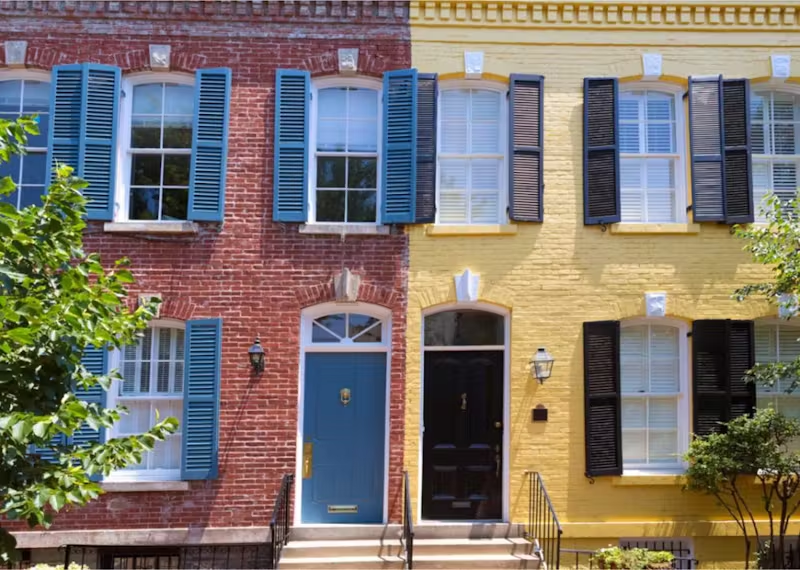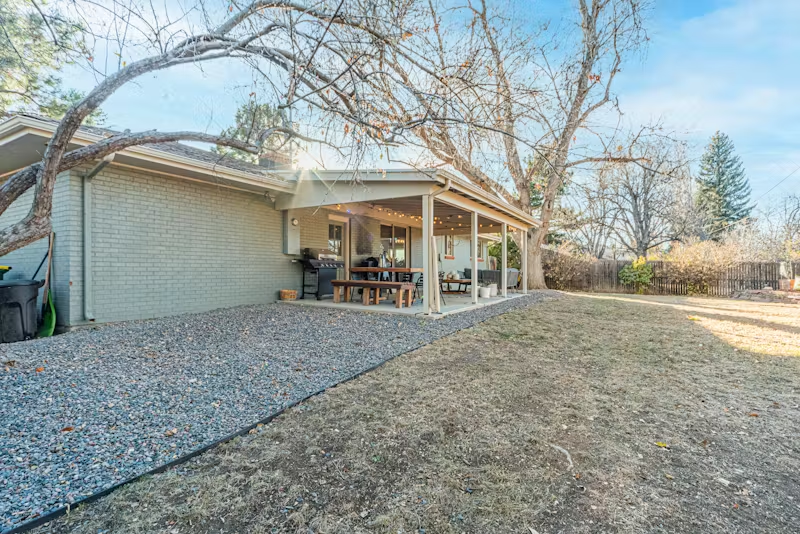How Much Is the Average Cost for Basement Finishing?
Get the facts on the average cost for basement finishing, plus tips on budgeting, material choices, and what factors can impact your total project price.
|
October 22, 2025

In this article:
If you’ve started researching your basement project, you’ve probably seen a dizzying range of potential costs. One source might quote a low price, while another seems impossibly high. This is because the average cost for basement finishing is heavily influenced by factors like your location, the complexity of your design, and the quality of materials you choose. A simple, open-plan family room will have a very different price tag than a multi-room suite with a full bathroom. This guide cuts through the confusion, explaining exactly what drives costs so you can understand where your money goes and make informed decisions for your home.
Key Takeaways
- Know the main drivers of your budget: Your final cost is shaped by four key factors: the basement's size and condition, your design's complexity, material quality, and local labor rates. Understanding these allows you to make informed decisions that align with your budget.
- Plan for the non-negotiables and the unexpected: A successful project budget always includes costs for foundational work like waterproofing and permits, plus a 10-20% contingency fund. This safety net is essential for handling surprises without financial stress.
- Invest in professionals where it matters most: Save money with smart material choices and by handling simple DIY tasks like painting, but always hire licensed experts for critical systems like electrical and plumbing. This protects your home’s safety and the long-term value of your investment.
How Much Does It Cost to Finish a Basement?
Figuring out the budget for finishing your basement is one of the first, and biggest, hurdles. The truth is, there’s no single price tag. Costs can swing dramatically based on your home's location, the size of your basement, and the finishes you choose. Think of it like buying a car—a basic sedan has a very different price than a luxury SUV. To give you a clearer picture, let's break down the numbers, starting with the national averages and then looking at how your specific situation plays into the final cost.
What's the National Average?
On average, homeowners across the country spend about $32,000 to finish a basement. However, that number comes with a huge range, from as low as a few thousand dollars for a simple DIY project to over $100,000 for a high-end remodel. A more helpful way to estimate is by square footage, which typically runs between $7 and $23 per square foot. For a standard 1,000-square-foot basement, you can expect to invest somewhere between $7,000 and $23,000. This wide gap accounts for everything from basic drywall and flooring to custom built-ins, a wet bar, or a full bathroom.
How Costs Vary by Location
Where you live is one of the biggest factors in your project's cost. Labor rates and material prices can differ significantly from one city to another. For example, a basement remodel in the Midwest might cost around $120 per square foot, while the same project in a major coastal city will be much higher. In areas like the SF Bay Area, Los Angeles, or Seattle, you can expect to be on the higher end of the national average due to higher labor costs and demand. Getting an accurate estimate requires a deep understanding of your local market, which is why getting a customized plan based on real data from your area is so important.
What's the ROI on a Finished Basement?
A finished basement isn't just about adding living space; it's also an investment in your home's value. So, how much of that investment can you expect to get back when you sell? Most reports show that homeowners recoup about 64% to 70% of their basement finishing costs. While you may not get back every dollar you put in, a beautifully finished basement is a huge selling point. It adds valuable square footage and can make your home stand out to potential buyers. Plus, you get to enjoy the extra space—whether it's a family room, home gym, or guest suite—for as long as you live there.
What Determines Your Basement Finishing Cost?
Figuring out the budget for your basement remodel isn't about finding a single magic number. The final cost is a mix of several key factors, from the size of your space to the materials you choose. Understanding these variables is the first step to creating a realistic budget and a project plan you can feel confident about. Think of it less as a fixed price and more as a custom quote that depends entirely on your home, your location, and your vision for the new space. Every decision, from adding a bathroom to choosing a specific type of flooring, will influence the final number on your invoice. By breaking down the main components that shape your total investment, you can see where your money is going and make informed choices that align with both your dreams and your wallet.
How Square Footage Affects Price
It makes sense that the bigger your basement, the more it will cost to finish. More space requires more materials—like framing, drywall, flooring, and paint—and more hours of labor to get the job done. As a general guideline, finishing a 1,000-square-foot basement can cost anywhere from $7,000 to $23,000. This breaks down to a rough estimate of $7 to $23 per square foot. So, if you have a 1,500-square-foot space, you can use that range to get a starting idea of your potential costs before factoring in other details.
Your Basement's Current Condition
The starting point of your basement plays a huge role in the overall cost. Are you working with a completely unfinished, concrete-walled space, or is it partially finished? A raw, unfinished basement will require everything from the ground up, including framing, electrical, and insulation. If you discover any moisture issues or cracks in the foundation, you’ll need to address those first, which adds to the budget. A partially finished basement might save you some money on initial framing, but you could also face costs for demolition if you plan to change the existing layout. A dedicated project advisor can help you assess the current state of your space to anticipate these foundational costs.
The Complexity of Your Design
What do you dream of for your new basement? A simple, open-concept family room will be far more budget-friendly than a multi-room layout with a full bathroom, a wet bar, and a home theater. Every wall, doorway, and feature adds to the cost. Custom built-in shelving, soundproofing for a media room, or intricate lighting designs will also increase the price tag. To give you an idea of how much design can influence the budget, remodeling an already finished basement can range from $4,200 to $45,000, showing just how much your specific choices can cause the final cost to vary.
Local Labor Rates
Where you live has a major impact on your budget, as labor costs differ significantly from one city to another. In areas with a higher cost of living, like the San Francisco Bay Area or Seattle, you can expect to pay more for skilled tradespeople. Labor is one of the biggest expenses in a renovation, often making up about 40% of the total project cost. This covers the electricians, plumbers, framers, and drywall installers who bring your vision to life. Working with a network of vetted local professionals ensures you’re getting quality work at a fair market rate for your area.
The Quality of Your Materials
After labor, the materials you select are the other major piece of your budget puzzle. This is also where you have the most control over the final cost. For example, you could choose affordable and durable luxury vinyl tile for the flooring, or you could opt for high-end engineered hardwood. A laminate countertop for your wet bar will cost much less than a slab of granite or quartz. From light fixtures and faucets to paint and trim, every choice you make will influence the bottom line. Balancing your aesthetic goals with your budget is key, and it’s often worth investing in quality for high-traffic or high-use items.
Where Your Money Goes: A Cost Breakdown
When you get a quote for a basement remodel, it can feel like one giant, intimidating number. But a finished basement is really a collection of several smaller projects all rolled into one. Understanding these individual components helps you see exactly what you’re paying for and where you might be able to make adjustments to fit your budget. It’s all about knowing the key players in your project, from the foundational work that keeps your space dry to the finishing touches that make it feel like home.
Breaking down the costs demystifies the process and puts you in control. You can see which areas require the biggest investment (like plumbing for a new bathroom) and where you have more flexibility (like flooring choices). This detailed view is essential for smart planning and helps you have more productive conversations with your contractor. At Realm, we believe in full transparency, which is why we help you create a detailed, line-by-line budget. Let’s walk through the major expenses you can expect.
Foundation and Waterproofing
Before you can even think about paint colors or furniture, you have to ensure your basement is completely dry. Moisture is the number one enemy of any finished basement, leading to mold, mildew, and costly damage down the line. That’s why a significant part of your initial budget will go toward a proper waterproofing system. This could involve sealing foundation cracks, installing an interior drainage system, or adding a sump pump. It’s not the most glamorous part of the remodel, but it’s absolutely the most critical for protecting your investment for years to come.
Framing and Drywall
Once your basement is dry and secure, it’s time to give it some shape. Framing is what creates the structure for your new walls, turning a wide-open space into defined rooms like a bedroom, home office, or family room. After framing, drywall is hung, taped, and finished to create the smooth walls you’ll eventually paint. The cost here depends heavily on the complexity of your layout—an open-concept media room will require less framing than a multi-room suite with a bathroom and closets. This stage is when your vision really starts to take physical form.
Flooring
Flooring has one of the widest cost ranges because your material choices are nearly endless. You could opt for budget-friendly and durable luxury vinyl plank (LVP), which is a fantastic waterproof option for basements. Or, you might prefer the warmth and comfort of carpet in a family room or bedroom. Tile is another popular, long-lasting choice, especially for a basement bathroom or kitchenette area. Your flooring installation cost will be a major factor in your budget, making this a key area where you can decide to save or splurge based on your priorities.
Electrical and Plumbing
For your basement to be a truly functional living space, it needs power and, potentially, water. Electrical work involves running wiring for outlets, overhead lighting, and light switches. This is a job that absolutely requires a licensed professional to ensure everything is safe and up to code. If your plans include a bathroom, wet bar, or laundry room, you’ll also need to budget for plumbing. This can be a significant expense, as it may involve cutting into the concrete slab to run new drain lines and connecting to your home’s existing plumbing and electrical systems.
HVAC Systems
You don’t want your new basement to be the one spot in the house that’s always too cold or too stuffy. Extending your home’s heating, ventilation, and air conditioning (HVAC) system is essential for comfort and air quality. This typically involves adding new ductwork and vents to connect the basement to your existing furnace and air conditioner. In some cases, adding a separate, dedicated unit like a ductless mini-split might be a more efficient solution. A professional can help you determine the best HVAC approach for your specific space and climate.
Permits and Inspections
While it might seem like just another fee, pulling the right permits is a non-negotiable step that protects you and your home. Building permits ensure that all the work done on your basement meets local safety and building codes, from framing and electrical to plumbing and emergency exits. The process involves submitting your plans to your local municipality for approval and having an inspector sign off on the work at key stages. The cost of permits and inspections is a small price to pay for the peace of mind that comes with knowing your new living space is safe, legal, and built to last.
Building a Safe and Solid Basement
Before you start picking out paint colors and furniture, it’s essential to focus on the foundational elements that make a basement safe, dry, and comfortable. These aren't the most glamorous parts of a remodel, but they are the most important. Getting the structure right from the start protects your investment, your home, and your family. It ensures your new living space is not only beautiful but also healthy and durable for years to come. From managing moisture to meeting safety codes, these steps are non-negotiable for a successful project. A solid foundation, both literally and figuratively, is what turns a basic basement into a truly valuable extension of your home.
Keeping It Dry: Moisture Control
Nothing ruins a finished basement faster than water. Proper moisture control is your first line of defense against mold, mildew, and potential structural damage. Even a small amount of dampness can lead to costly repairs down the road. The process often involves sealing foundation walls, installing a sump pump, or adding a French drain. A professional can assess your basement’s specific needs to recommend the best solution. Investing in basement waterproofing is a crucial first step and can cost between $1,900 and $6,500, but it’s money well spent for peace of mind.
The Cost of Proper Insulation
A well-insulated basement is a comfortable basement. Insulation helps regulate the temperature, keeping the space warm in the winter and cool in the summer. This not only makes the room more enjoyable but also improves your home's overall energy efficiency, which can lead to lower utility bills. The right type of basement insulation depends on your climate and foundation type, with options like spray foam, rigid foam boards, and fiberglass batts. Expect to spend between $1,500 and $4,000 to properly insulate your basement, creating a cozy retreat that’s usable all year round.
Planning for Emergency Exits
Safety should always be a top priority. If you plan to add a bedroom to your basement, building codes require an egress window or door for emergency escape. These windows are designed with specific size and accessibility requirements to ensure a quick exit. Even if you aren't adding a bedroom, an egress window can add valuable natural light to the space. Installing an egress window is a significant project that involves cutting into your foundation, typically costing between $2,500 and $5,300. It’s a critical safety feature you can’t afford to skip.
Meeting Local Building Codes
Navigating building codes and permits can feel overwhelming, but it’s a necessary part of any major renovation. Permits ensure that all work—especially electrical, plumbing, and HVAC—is done to current safety standards. Failing to get the right permits can result in fines, force you to tear out completed work, and create problems when you eventually sell your home. This is where expert guidance can be a lifesaver. The cost for permits typically ranges from $1,200 to $2,000, depending on the scope of your project and local regulations.
Soundproofing Your New Space
Think about how you plan to use your new basement. Will it be a home theater, a kids' playroom, or a quiet home office? Soundproofing can be a game-changer for creating a functional and peaceful space. It helps contain noise within the basement or prevent sounds from the rest of the house from filtering down. Options range from installing sound-dampening drywall and insulation to adding acoustic panels. While it adds to the budget, investing in soundproofing materials can significantly improve the usability and enjoyment of your new living area, especially in a busy household.
Avoid These Common Budgeting Mistakes
Creating a realistic budget is one of the most important steps in any renovation, and it’s about more than just numbers on a spreadsheet. A well-planned budget acts as your roadmap, guiding your decisions, keeping your project on track, and preventing the kind of financial stress that can take the joy out of improving your home. For a project as significant as finishing a basement, getting the budget right from the start is critical. It’s a space with unique challenges, from potential moisture issues to complex code requirements, all of which can impact the final cost.
Unfortunately, it’s easy to make missteps when you’re excited to get started. Many homeowners fall into common traps that lead to budget overruns, delays, and disappointment. These mistakes often stem from simple oversights or a bit of wishful thinking, but they can have a big impact on your project’s outcome. The good news is that they are entirely avoidable with a little foresight and planning. By understanding where things can go wrong, you can proactively protect your investment and ensure your basement renovation is a smooth, successful experience. Let’s look at the most common budgeting mistakes and how you can sidestep them.
Underestimating the Total Cost
It’s easy to look at an empty basement and think the project will be simple, but finishing a basement is a major undertaking. Many homeowners get sticker shock because they anchor their expectations to a low, unrealistic number. To avoid this, you need to move from a vague estimate to a detailed, line-item budget. This means getting comprehensive quotes that cover every phase of the project, from waterproofing and framing to electrical work and final finishes. A clear understanding of the total potential cost from the beginning helps you make informed decisions and prevents surprises down the road.
Forgetting a Contingency Fund
If there’s one rule in home renovation, it’s this: expect the unexpected. Budget overruns are common, especially in older homes or basements where hidden issues like moisture or foundation cracks might be lurking. A contingency fund is your financial safety net for these surprises. Plan to set aside an extra 10% to 20% of your total project cost. This isn’t a fund for upgrades or add-ons; it’s strictly for unforeseen problems that need to be addressed. Having this buffer in place will give you peace of mind and keep the project moving forward without financial panic.
Overlooking Hidden Expenses
Your contractor’s quote will cover the bulk of the construction, but it rarely covers everything. Homeowners often forget to budget for costs that fall outside the main contract. These can include building permits, architectural or design fees, and debris removal. You should also think about the costs of furnishing and decorating the new space—that new sectional, TV, and area rug all add up. Make a comprehensive list of every single potential expense, from the first permit application to the last throw pillow, to get a true picture of your total investment.
Choosing the Wrong Materials
When you’re trying to stick to a budget, opting for cheaper materials can seem like an easy way to save money. However, this can be a costly mistake in the long run, especially in a basement. Basements have unique needs, requiring materials that can handle potential moisture and temperature fluctuations. For example, choosing a moisture-resistant flooring like luxury vinyl plank over a less durable option can prevent expensive water damage and replacement costs later. Investing in quality, appropriate materials from the start ensures your new space is not only beautiful but also durable and safe.
Skipping Professional Help
The DIY route can be tempting for budget-conscious homeowners, but finishing a basement involves complex jobs that are best left to the pros. Improperly installed wiring is a fire hazard, poor plumbing can lead to leaks, and inadequate waterproofing can result in mold. Hiring professionals might seem more expensive upfront, but it saves you from costly mistakes that can compromise your home’s safety and structure. A team of vetted experts ensures the work is done correctly, meets local building codes, and is completed efficiently, which is an investment that always pays off.
How to Save Money on Your Basement Remodel
A basement remodel is a significant investment, but it doesn't have to break the bank. With some strategic planning and smart decision-making, you can create a beautiful, functional space while keeping your budget in check. The key is to know where you can save and where it’s worth spending a little more. From choosing the right materials to timing your project, a few key choices can make a big difference in the final cost. Let's walk through some of the most effective ways to manage your expenses without compromising on your vision for the perfect finished basement.
Make Smart Material Choices
One of the easiest ways to control costs is by being selective with your materials. While high-end finishes are beautiful, there are many budget-friendly alternatives that offer great style and durability. For example, instead of expensive hardwood, consider luxury vinyl plank or laminate flooring. These materials mimic the look of real wood at a fraction of the price and are often more resistant to moisture—a huge plus for a below-grade space. The same principle applies to other features. For a wet bar, laminate countertops can provide a high-end look without the cost of granite or quartz. Thoughtful material selection helps you achieve the aesthetic you want while keeping your budget on track.
Decide What to DIY (and What Not To)
If you’re handy, taking on some of the work yourself can lead to significant savings. You can save money on labor costs by handling tasks like painting, installing trim, or laying certain types of flooring. These jobs are generally straightforward and don't require specialized licenses. However, it’s crucial to know your limits. Complex tasks like electrical wiring, plumbing, and structural framing should always be left to licensed professionals. Attempting this work yourself can lead to dangerous mistakes, failed inspections, and costly repairs down the line. Be honest about your skill set and leave the critical systems to the experts.
Plan Your Project Timeline
Timing can play a surprising role in your project's cost. Contractors often have peak seasons and slower periods. For indoor projects like a basement remodel, contractors might be busiest in the winter when outdoor work slows down. If you have flexibility, scheduling your project during a contractor's off-season could potentially lead to better availability and more competitive pricing. Planning ahead also prevents the need for rush orders on materials, which almost always come with a higher price tag. A well-thought-out timeline gives you and your contractor the breathing room to work efficiently and avoid unnecessary expenses.
Get Multiple Quotes
Never settle for the first quote you receive. It’s a good practice to get at least three different estimates from qualified contractors. This isn't just about finding the lowest price; it's about understanding the value you're getting. Comparing bids helps you see how different professionals approach the project, what materials they plan to use, and what their timeline looks like. A detailed quote should break down the costs for labor and materials, giving you a clear picture of where your money is going. This process helps you find a reliable partner who offers fair pricing and a transparent plan for your remodel.
Explore Your Financing Options
If you don't have the cash on hand to cover the entire project, there are several ways to finance your basement remodel. Many homeowners use a home equity line of credit (HELOC) or a home equity loan, which allow you to borrow against the value you've built in your home. These options often come with lower interest rates than other types of loans. A personal loan is another possibility, though rates may be higher. For smaller updates, a credit card with a 0% introductory APR could also work. Exploring these options can make your project more manageable financially and help you move forward without draining your savings.
How to Work With Your Contractor
Choosing the right contractor is one of the most important decisions you'll make for your basement remodel. This person and their team will be in your home for weeks or even months, so finding someone you can trust and communicate with effectively is crucial. Think of it as a partnership. A great contractor will not only execute your vision but also offer valuable advice, solve problems that pop up, and keep the project on track and on budget. The goal is to find a professional who makes the entire process feel collaborative, not combative. When you have a solid relationship, you can work together to handle any challenges that arise.
At Realm, we simplify this process by connecting homeowners with a network of vetted local contractors who have a proven track record of quality work and happy clients. But whether you work with us or find a pro on your own, the principles of a successful partnership are the same. It all starts with doing your homework, asking the right questions, and getting every single detail in writing. Taking these steps upfront will save you from major headaches down the road and ensure your finished basement is everything you hoped it would be.
Find the Right Professionals
Before you sign any contracts, your first step is to gather a few options. Plan to get written estimates from at least three different contractors. This isn't just about finding the lowest price; it's about seeing how different professionals approach your project, what they include in their bids, and how they communicate. When you review their work, pay close attention to their experience with basements specifically. For any specialized tasks, like electrical, plumbing, or HVAC, it's essential to use licensed professionals. This ensures the work is done safely and meets all local building codes, protecting both your family and your investment.
Understand Your Quotes
A quote is more than just a final number. When a contractor gives you an estimate, ask if they are bonded, insured, and licensed. Don't be shy about checking their references, reading online reviews, and looking them up on the Better Business Bureau website. A reputable pro will be happy to provide this information. Make sure you get a detailed written estimate that breaks down the costs for labor and materials, along with a clear contract and warranty information. This document is your roadmap for the project, and it protects both you and the contractor by setting clear expectations from the start.
Manage the Project
Even the most perfectly planned project can have surprises. That’s why it’s smart to build a cushion into your budget. A good rule of thumb is to set aside a contingency fund of at least 10% of the total project cost. This buffer will help you cover any unexpected issues, like discovering a hidden moisture problem or deciding on a last-minute upgrade. Also, be mindful of how design choices affect the bottom line. Adding features that require new plumbing, such as a bathroom or a wet bar, will significantly increase the cost and extend the project timeline. Keeping an open line of communication with your contractor about these decisions is key to staying on budget.
Ensure High-Quality Work
Pulling permits might seem like a hassle, but it’s one of the most important steps in ensuring a safe, high-quality renovation. Permits trigger inspections from your local building department, which verify that the work is done correctly and to code. This process is your best guarantee that your new living space is structurally sound and safe for your family. While it adds to the initial cost, a properly permitted renovation can also increase your home's value when it comes time to sell. Think of it as an investment in quality and peace of mind.
Thinking Ahead: Long-Term Financials
Once the final nail is in and the paint is dry, your basement renovation’s financial story isn't over. The choices you make during the project will have a lasting impact on your wallet, for better or worse. Thinking about the long-term financials from the start helps you protect your investment and enjoy the benefits for years to come. This means looking beyond the initial price tag to consider future upkeep, potential savings on utilities, and the new value you’ve added to your home.
A successful renovation is one that fits your life and your budget, both now and in the future. It’s about creating a space you love while also making a smart financial move. From updating your insurance policy to understanding how the project affects your property value, a little foresight goes a long way. At Realm, we help you see the complete picture, ensuring your project plan accounts for these long-term considerations right from the beginning.
Future Maintenance Costs to Expect
Every part of your home requires some level of upkeep, and your new basement is no exception. While it’s easy to get caught up in the excitement of the renovation, it’s wise to plan for future maintenance. Over time, paint may need refreshing, flooring could show wear, and fixtures might need updating. Budget overruns can happen during the project, so it’s equally important to anticipate that small repairs may pop up after completion. Investing in high-quality materials and professional installation upfront can significantly reduce the frequency and cost of these future fixes, saving you money and headaches down the road.
How Your New Basement Affects Energy Bills
One of the most welcome long-term financial benefits of finishing your basement is the potential for lower energy bills. Unfinished basements are often a source of drafts and heat loss. By adding proper insulation, sealing air leaks, and installing energy-efficient windows, you create a more stable temperature throughout your entire home. This means your HVAC system doesn't have to work as hard to keep you comfortable. A well-finished basement can help your home stay warmer in the winter and cooler in the summer, leading to noticeable savings on your monthly utility costs. It’s a return on your investment that you can feel every day.
Updating Your Homeowner's Insurance
After adding a significant amount of finished living space to your home, your old homeowner's insurance policy is likely no longer adequate. It’s crucial to update your coverage to protect the full value of your newly renovated property. Before you even begin, talk to your insurance agent about your plans. They can tell you what documentation you’ll need, which often includes proof of permits and passed inspections. Once the project is complete, call them again to adjust your policy. This ensures that your beautiful new basement—and everything in it—is fully protected against unforeseen events like water damage or fire.
The Impact on Your Home's Value
Finishing your basement is one of the best ways to add functional square footage to your home, which almost always has a positive effect on its resale value. According to the National Association of Realtors, homeowners can typically recover around 64% of their investment when they sell. Beyond the direct return, a finished basement makes your home more appealing to a wider range of buyers. Whether it’s a family looking for a playroom, a couple wanting a home theater, or someone needing a home office, that extra living space can be the feature that makes a buyer choose your home over another.
Frequently Asked Questions
How long does a basement remodel usually take? While the cost can vary wildly, the timeline is a bit more predictable. For a standard basement finishing project, you should plan for about 4 to 8 weeks from the start of construction to the final touches. This can change depending on the complexity of your design. Adding a bathroom or a wet bar, for instance, will extend the timeline because of the detailed plumbing and electrical work involved. The permit and inspection process in your city can also add a few weeks to the front end, so it's smart to factor that in from the very beginning.
Is adding a bathroom to my basement really worth the extra cost? This is a great question, and the answer really depends on how you plan to use the space. If you're creating a guest suite or a bedroom, a bathroom is practically a necessity and adds significant value. Even for a family room or home gym, a simple half-bath adds a huge amount of convenience. While the plumbing work does make it one of the more expensive additions to a basement project, it also provides a strong return on investment by making the space more functional and appealing to future buyers.
What's the single most important thing to do before starting my project? Before you call a single contractor or pick out a paint color, you need to address any potential moisture issues. A damp basement is the fastest way to ruin your entire investment. Have a professional assess your foundation for cracks, leaks, or any signs of water intrusion. Installing a proper waterproofing system or a sump pump might not be the most exciting part of the remodel, but it is the most critical step to ensure your new living space stays safe, dry, and healthy for years to come.
Do I need a permit just to put up some walls and flooring? Yes, almost certainly. Any project that involves changing the structure of your home, like adding walls, or includes electrical and plumbing work requires a building permit. It might seem like a bureaucratic hassle, but the permit process is really for your protection. It ensures that all the work is inspected and meets local safety codes, which is crucial for your family's safety and for your home's value when you eventually sell. Skipping this step can lead to fines and having to tear out finished work.
Besides the main construction, what other costs should I plan for? It's easy to focus on the contractor's quote, but there are other expenses to keep in mind for a complete budget. Remember to account for the cost of building permits and any design fees if you're working with an architect or designer. Most importantly, don't forget to budget for furnishing the new space. That new sofa, TV, area rug, and decor can add up quickly, so it's best to plan for those items from the start to get a true sense of your total investment.






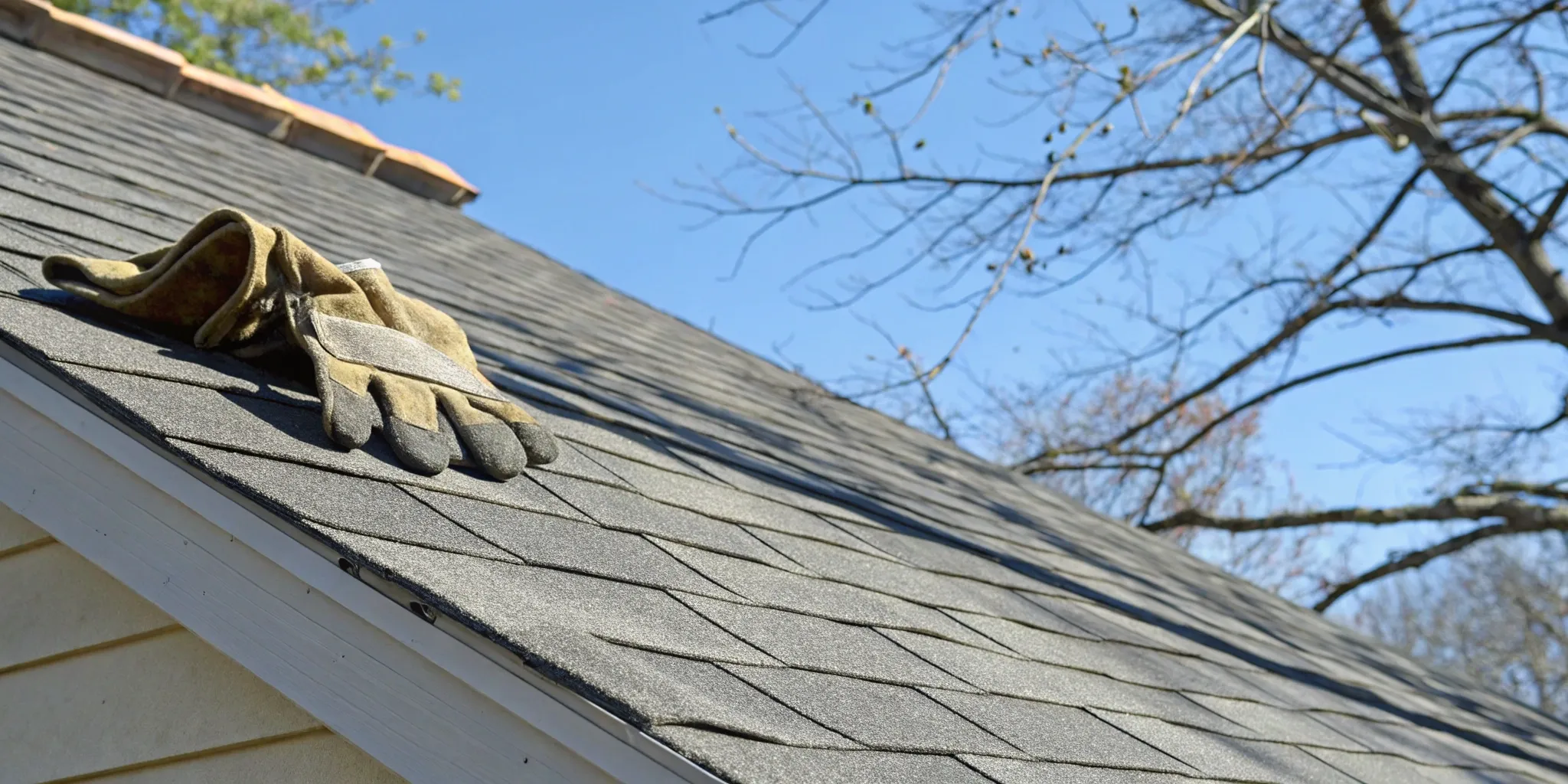
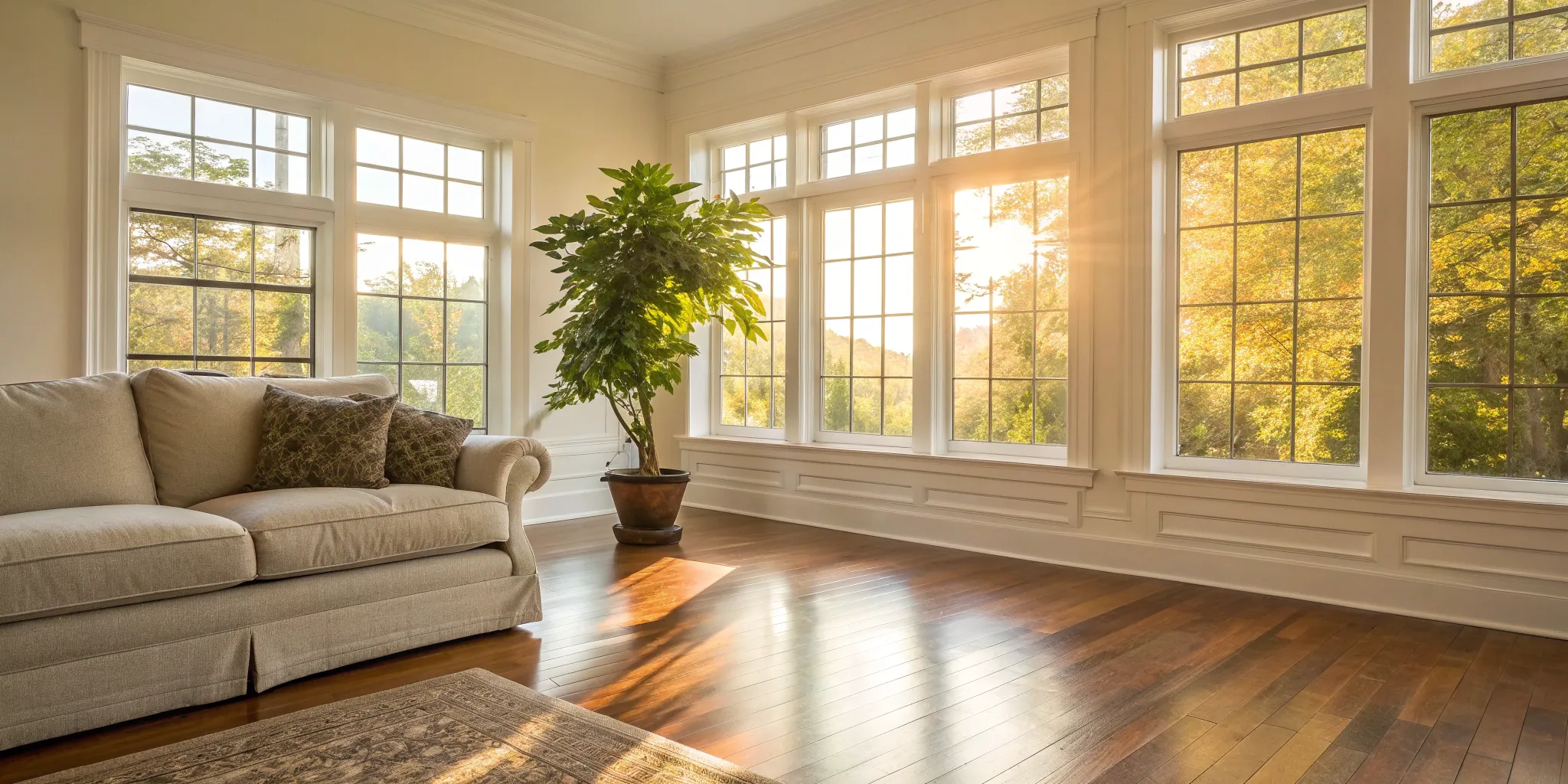

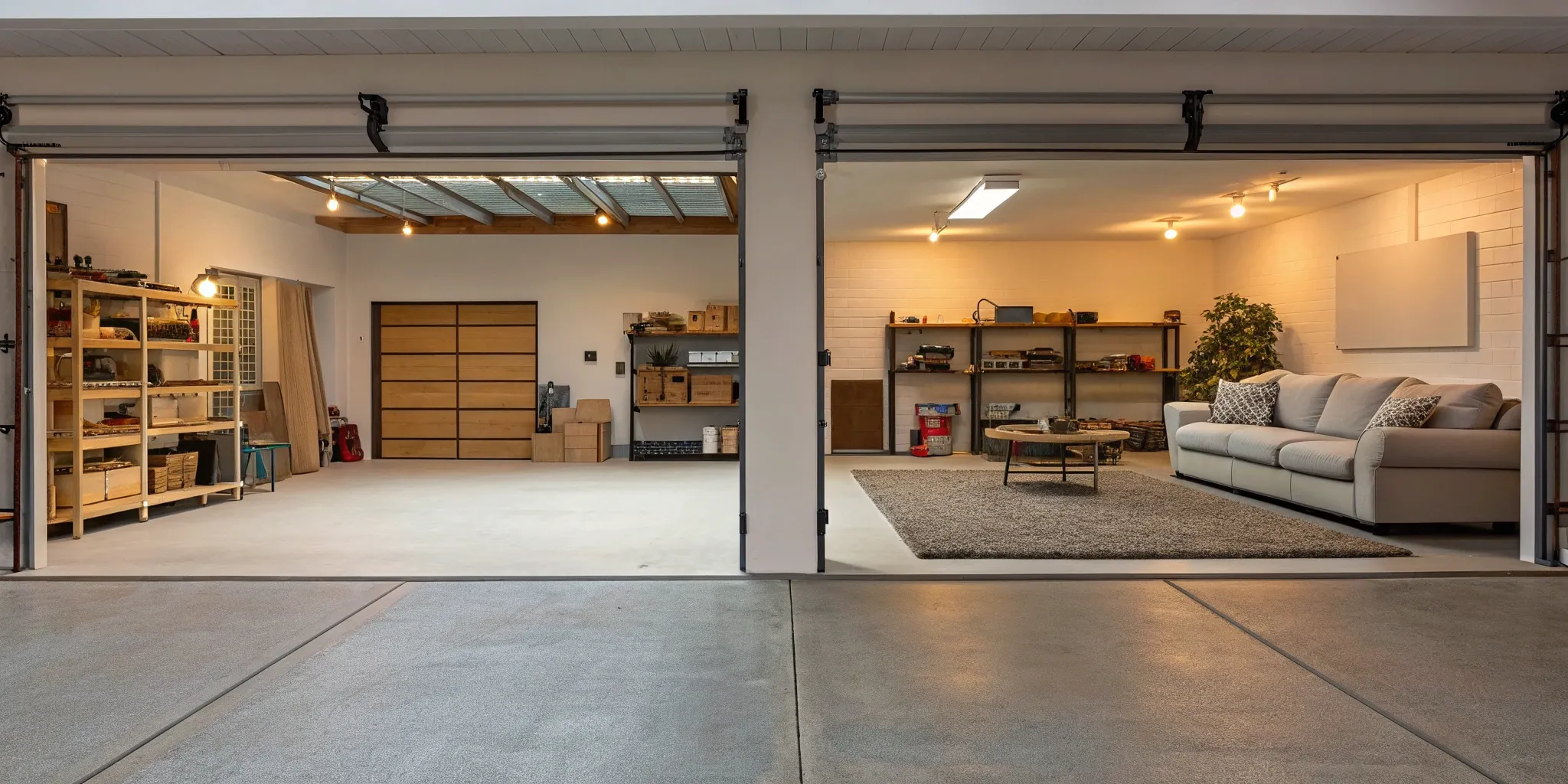
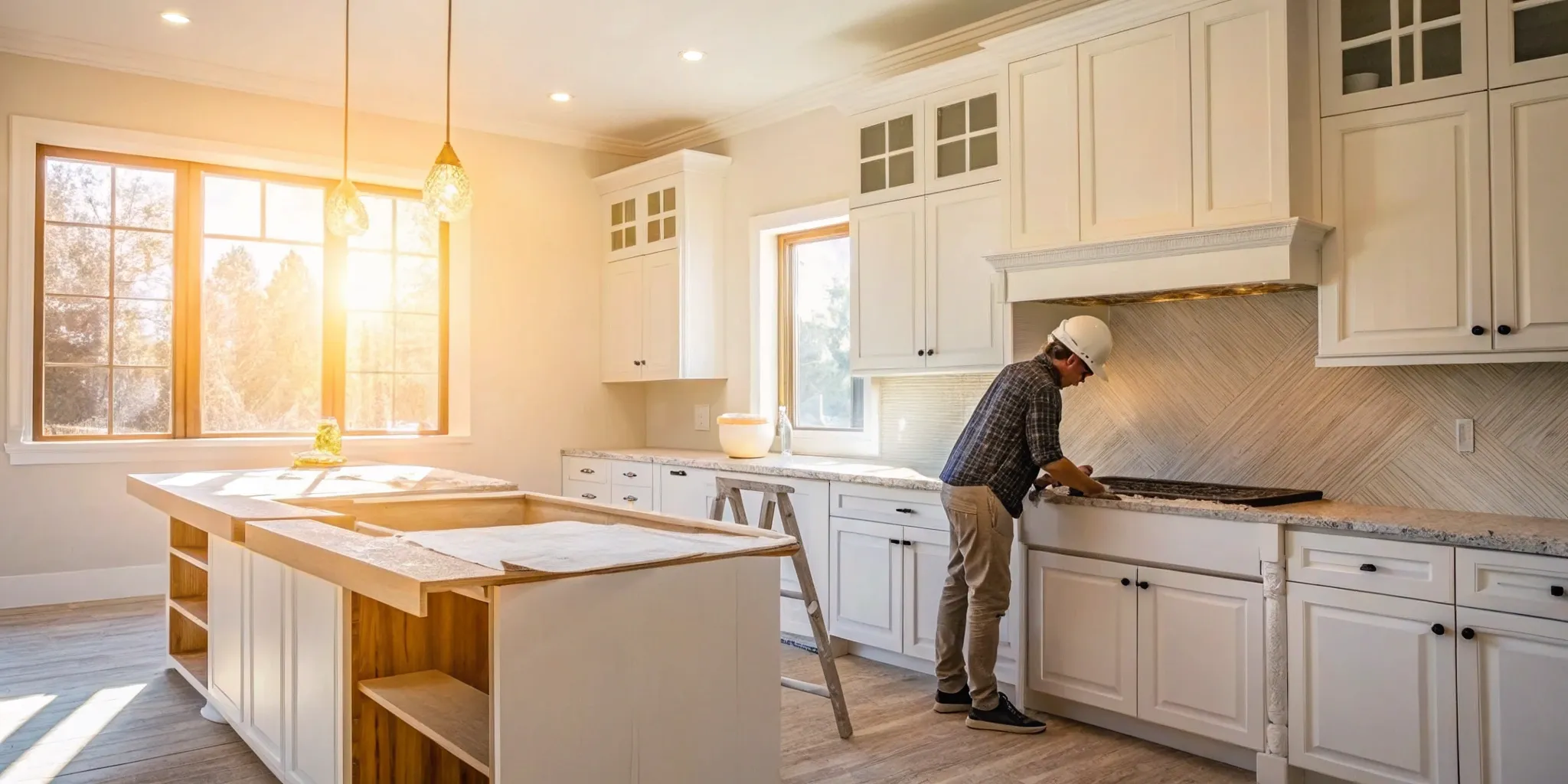
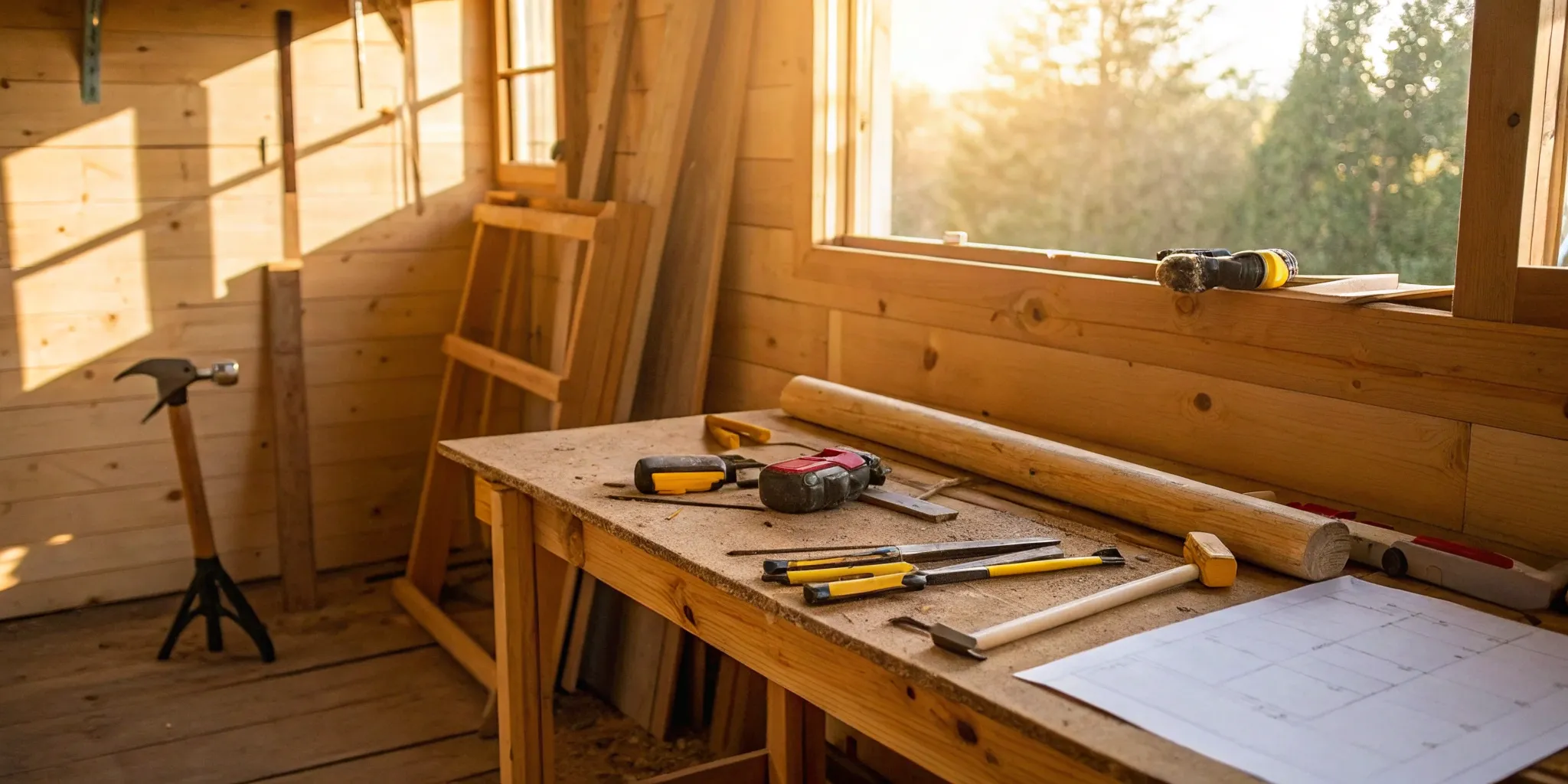

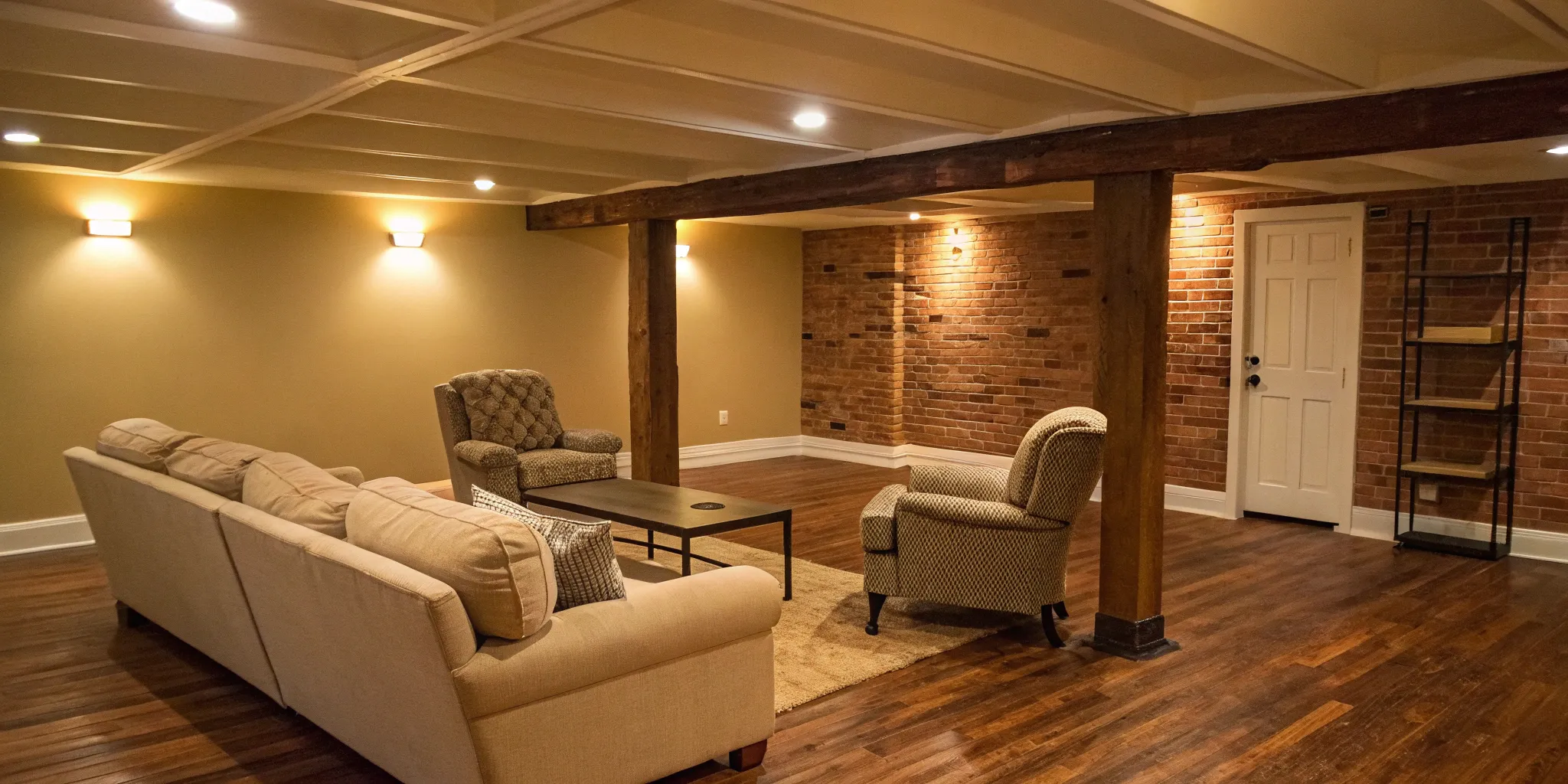

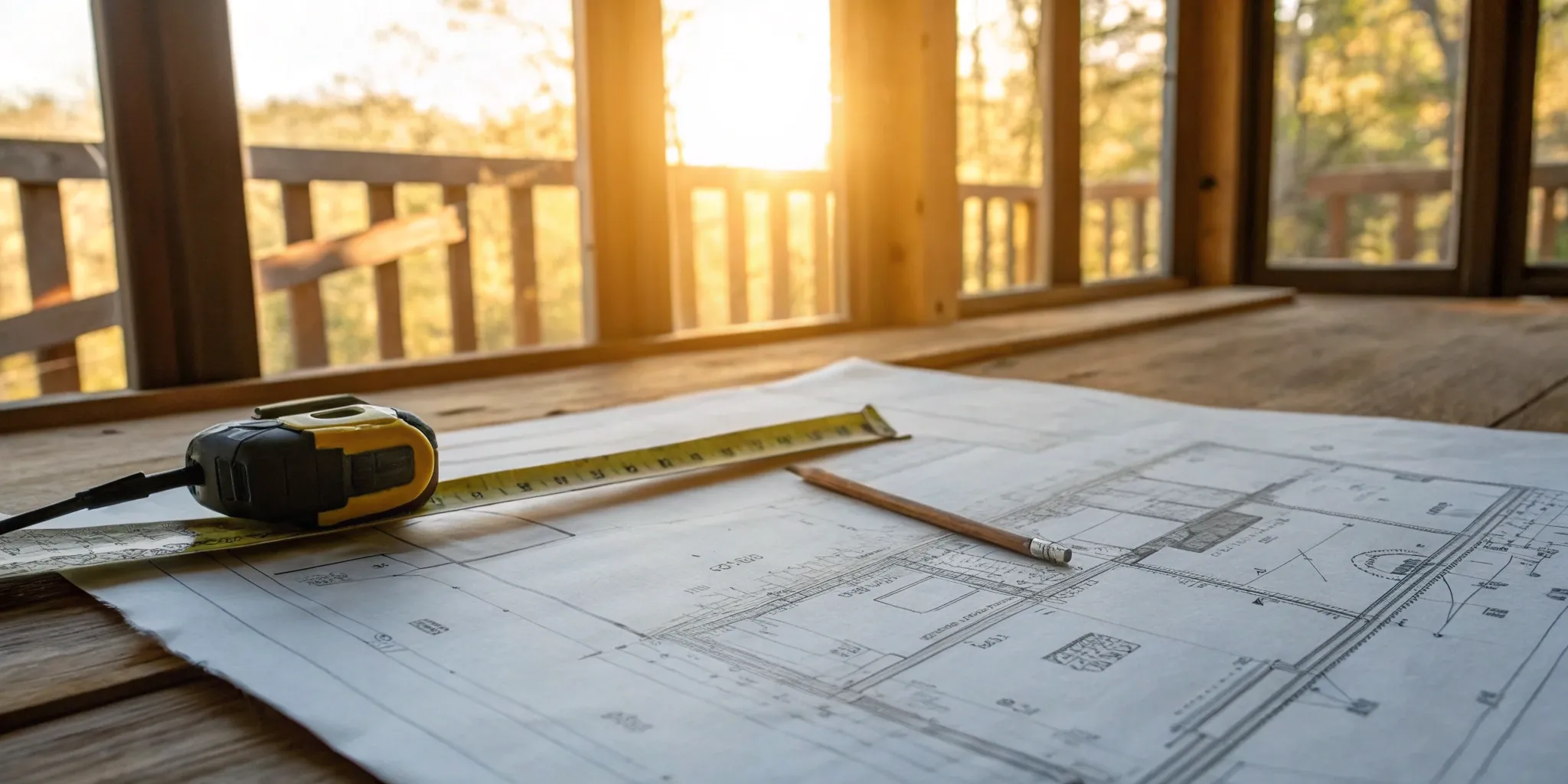
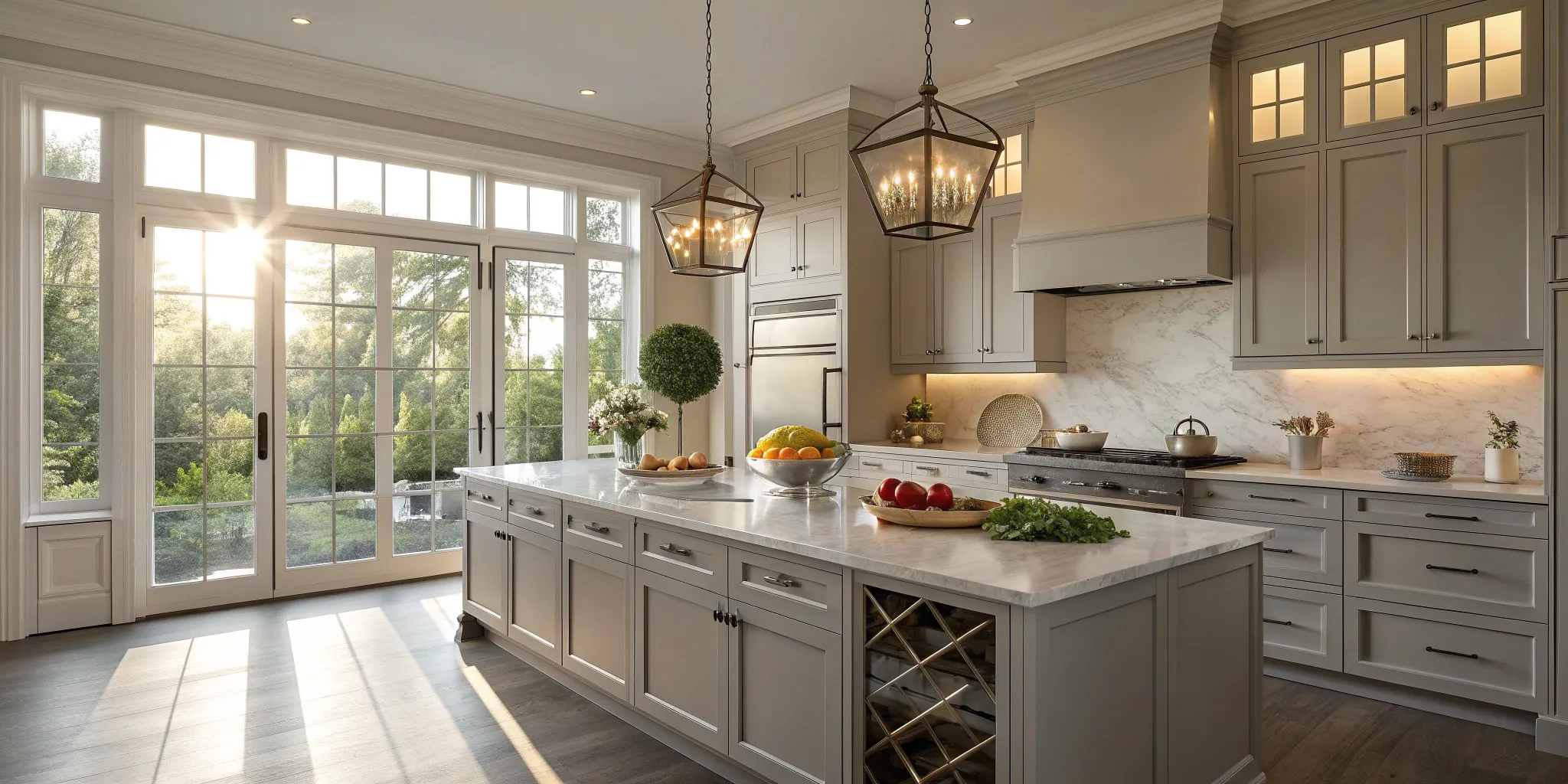


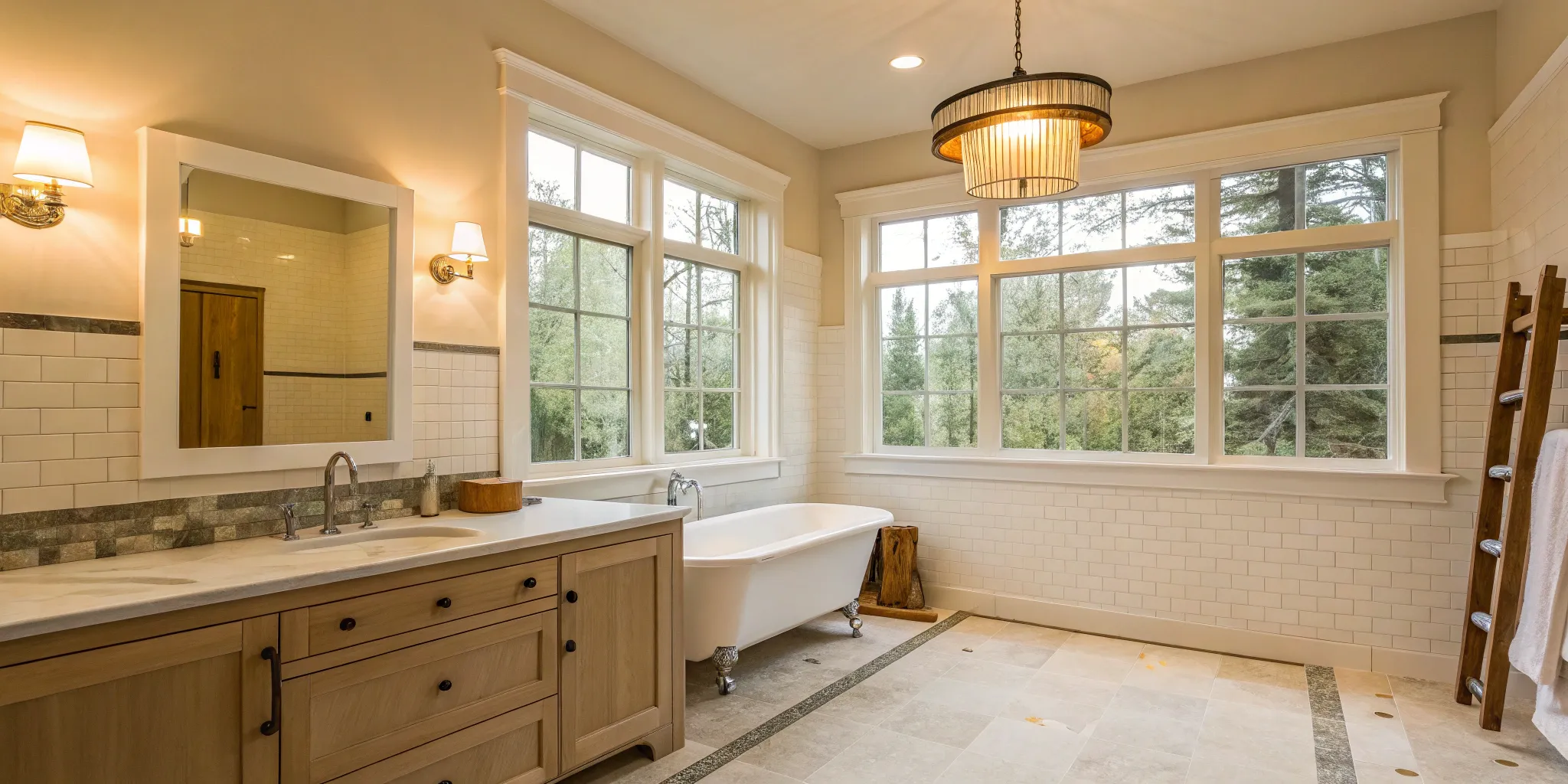
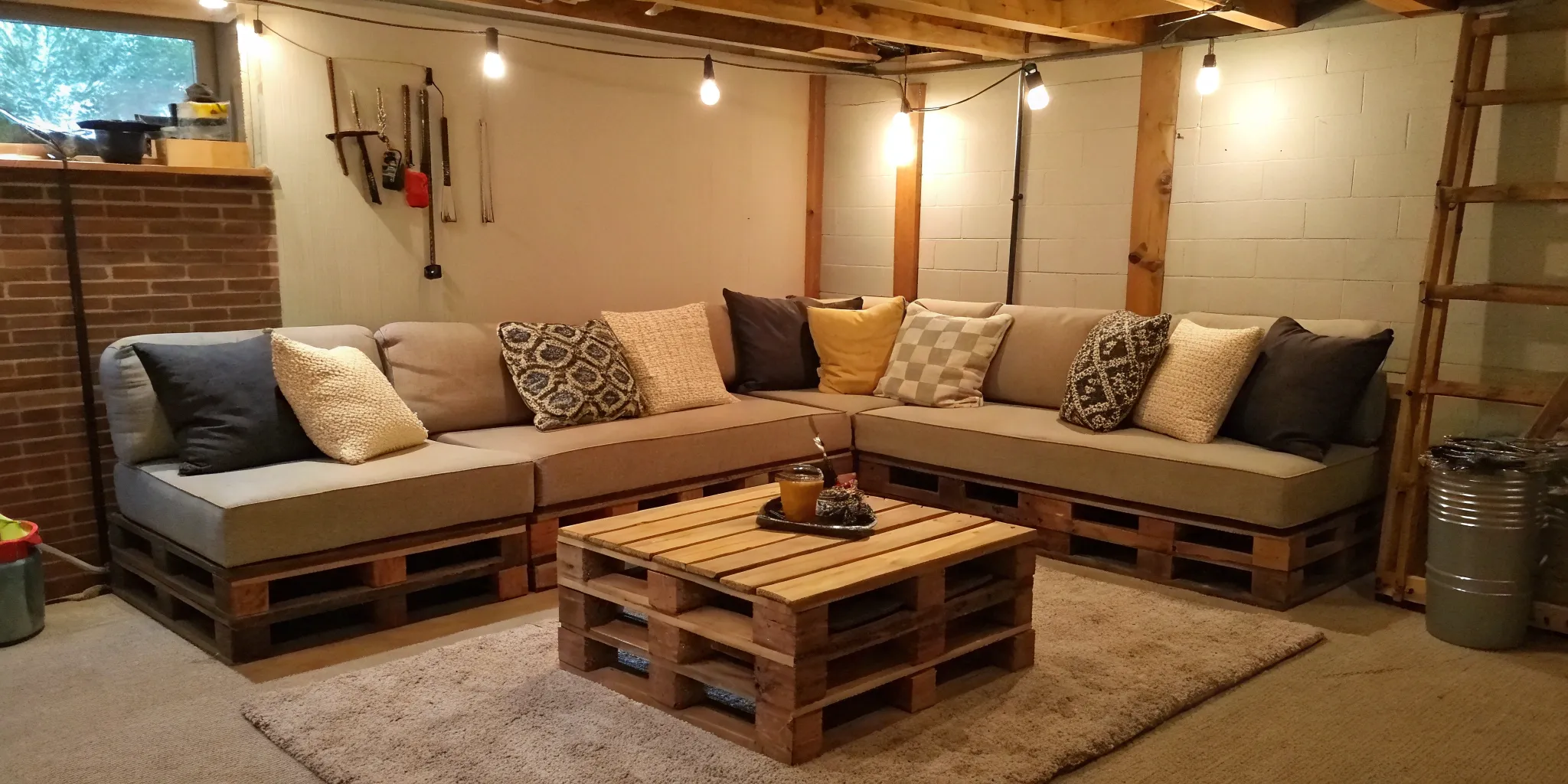
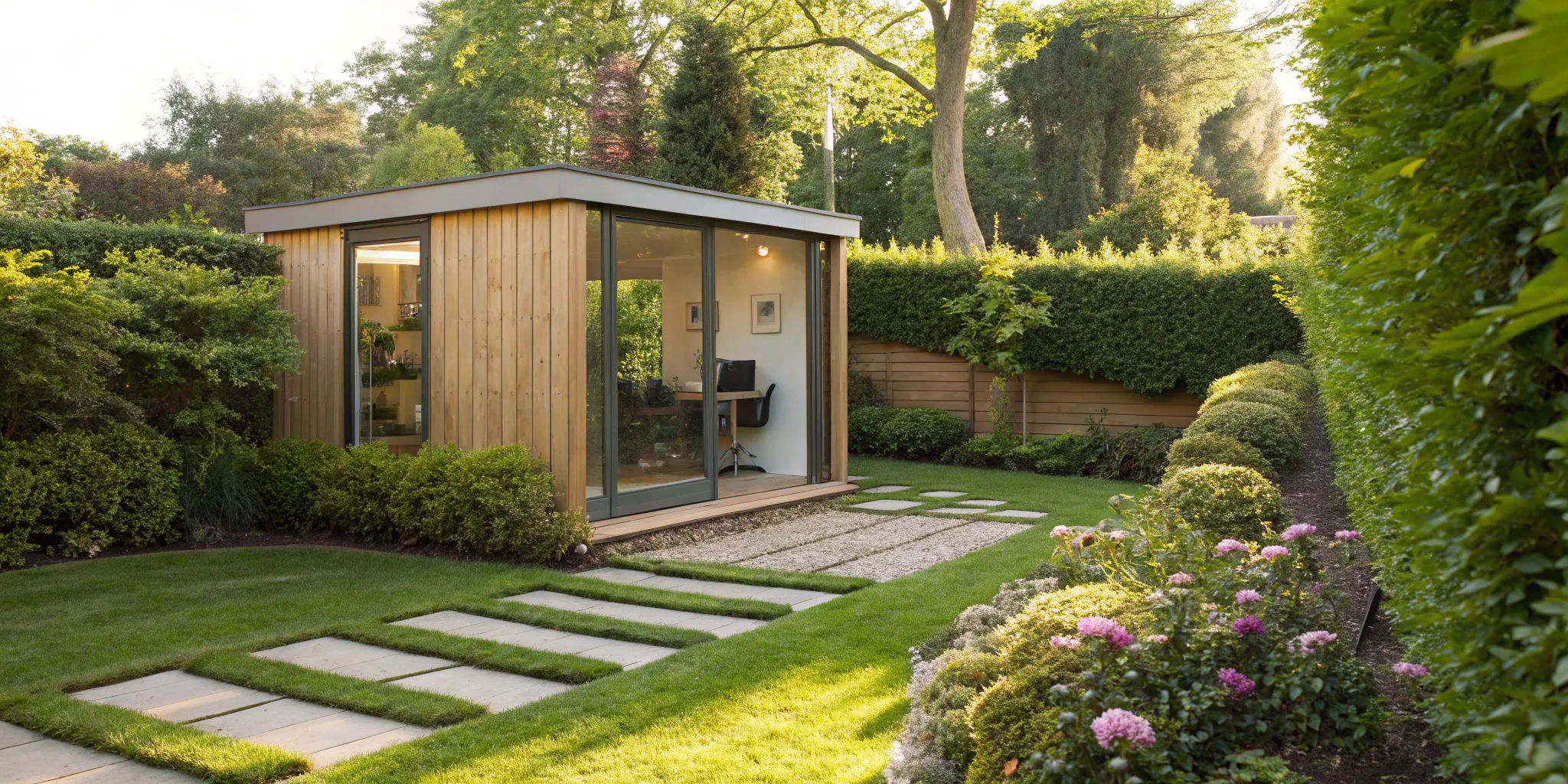
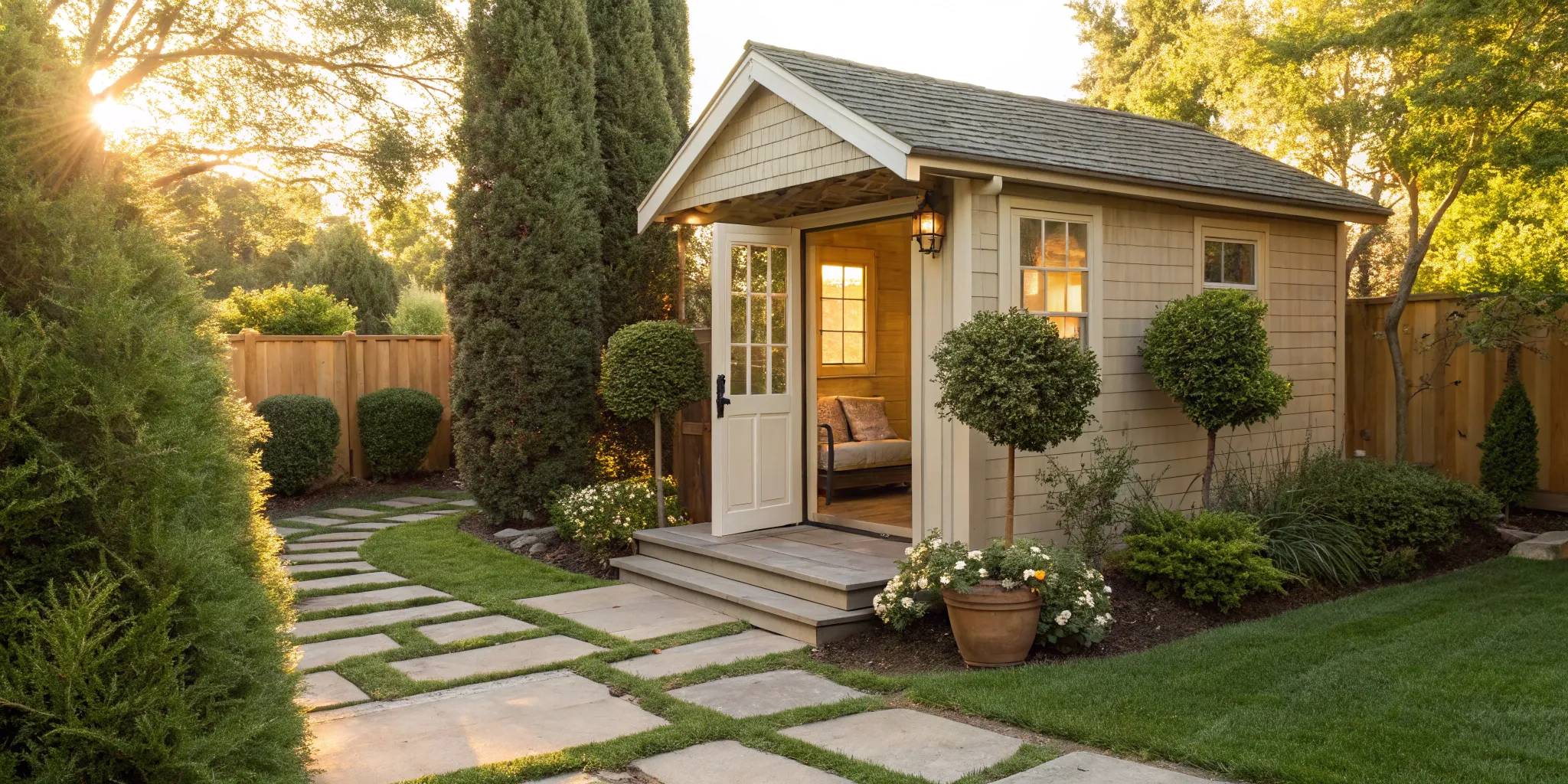
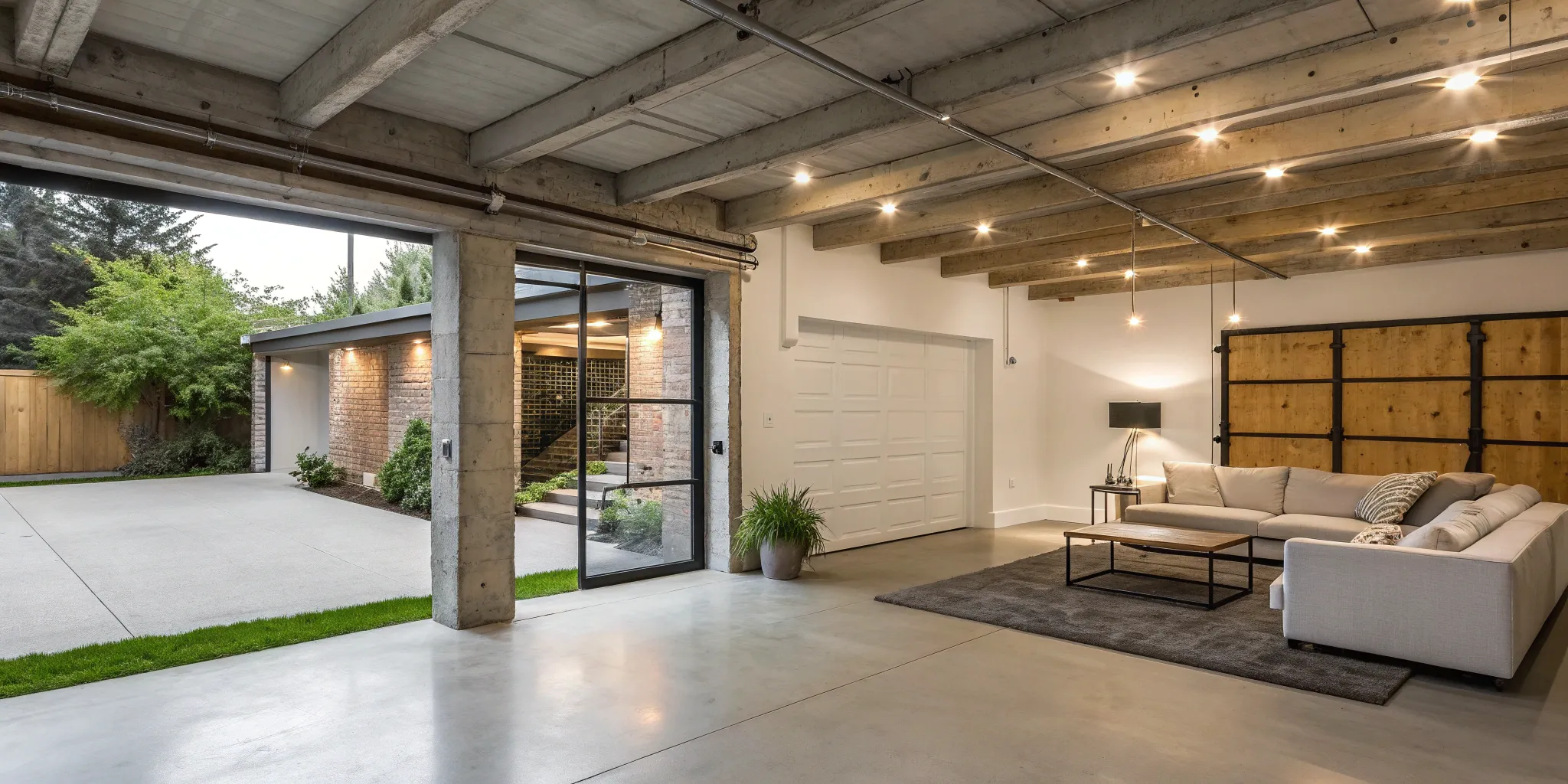

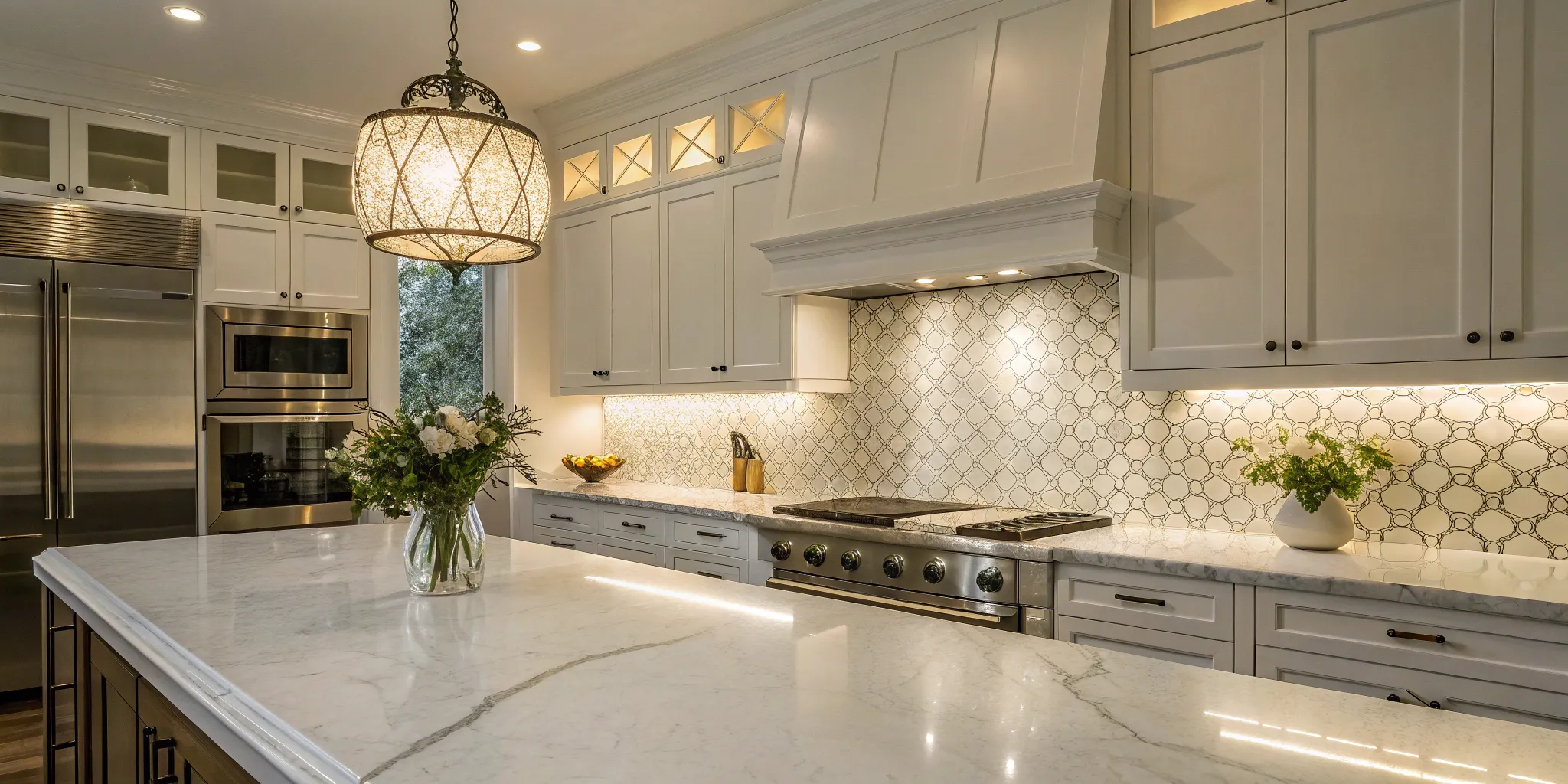
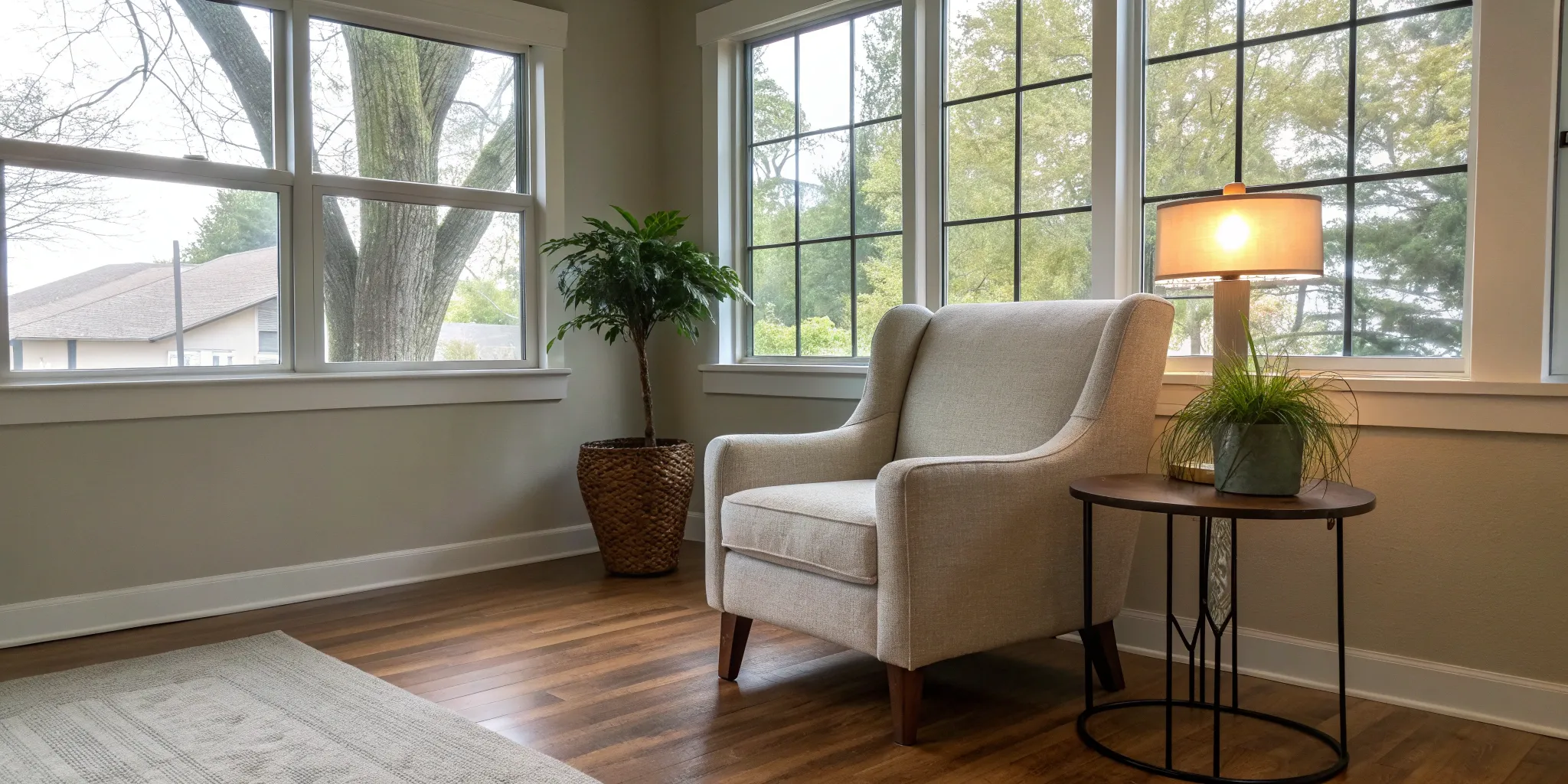
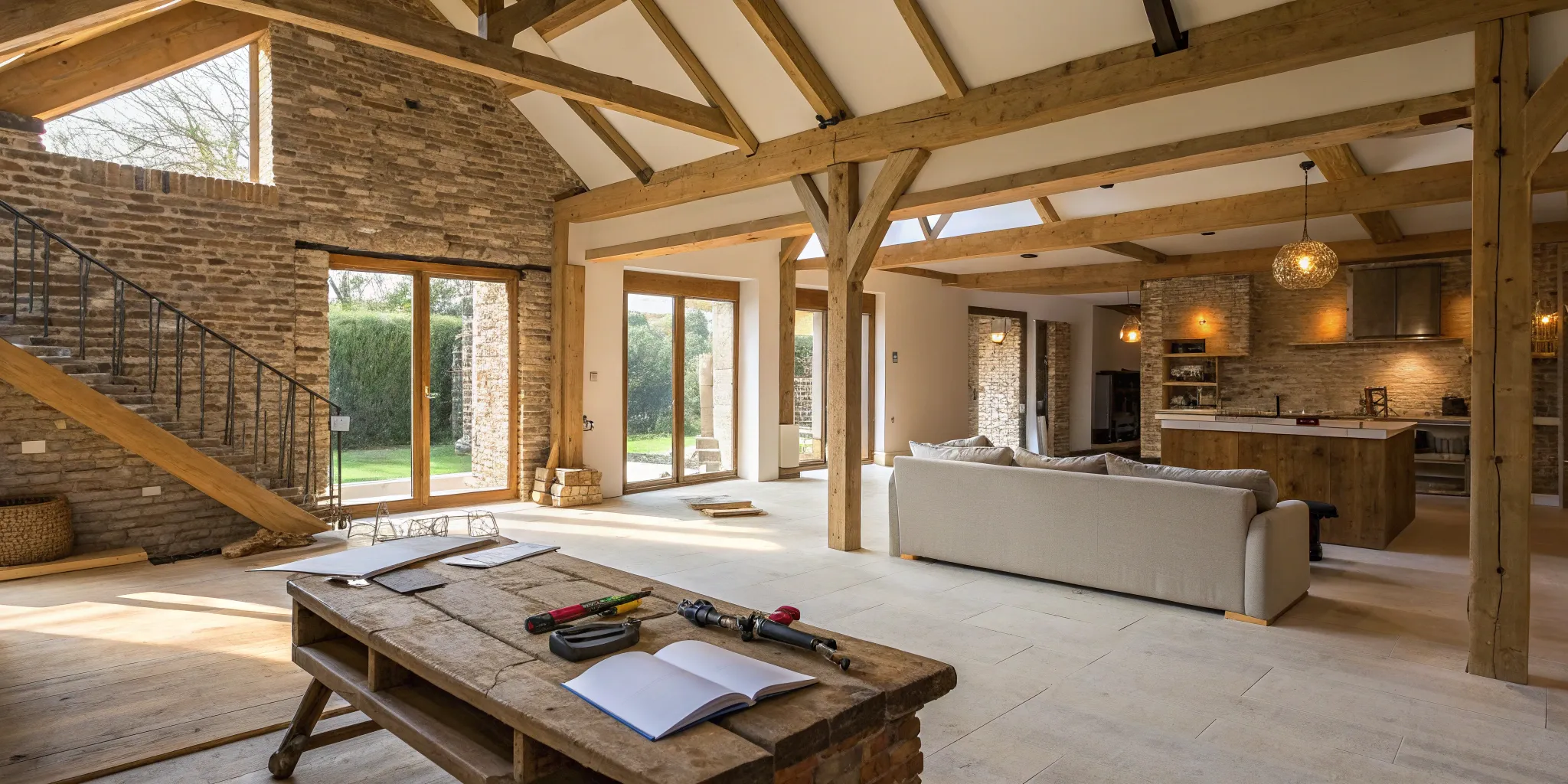
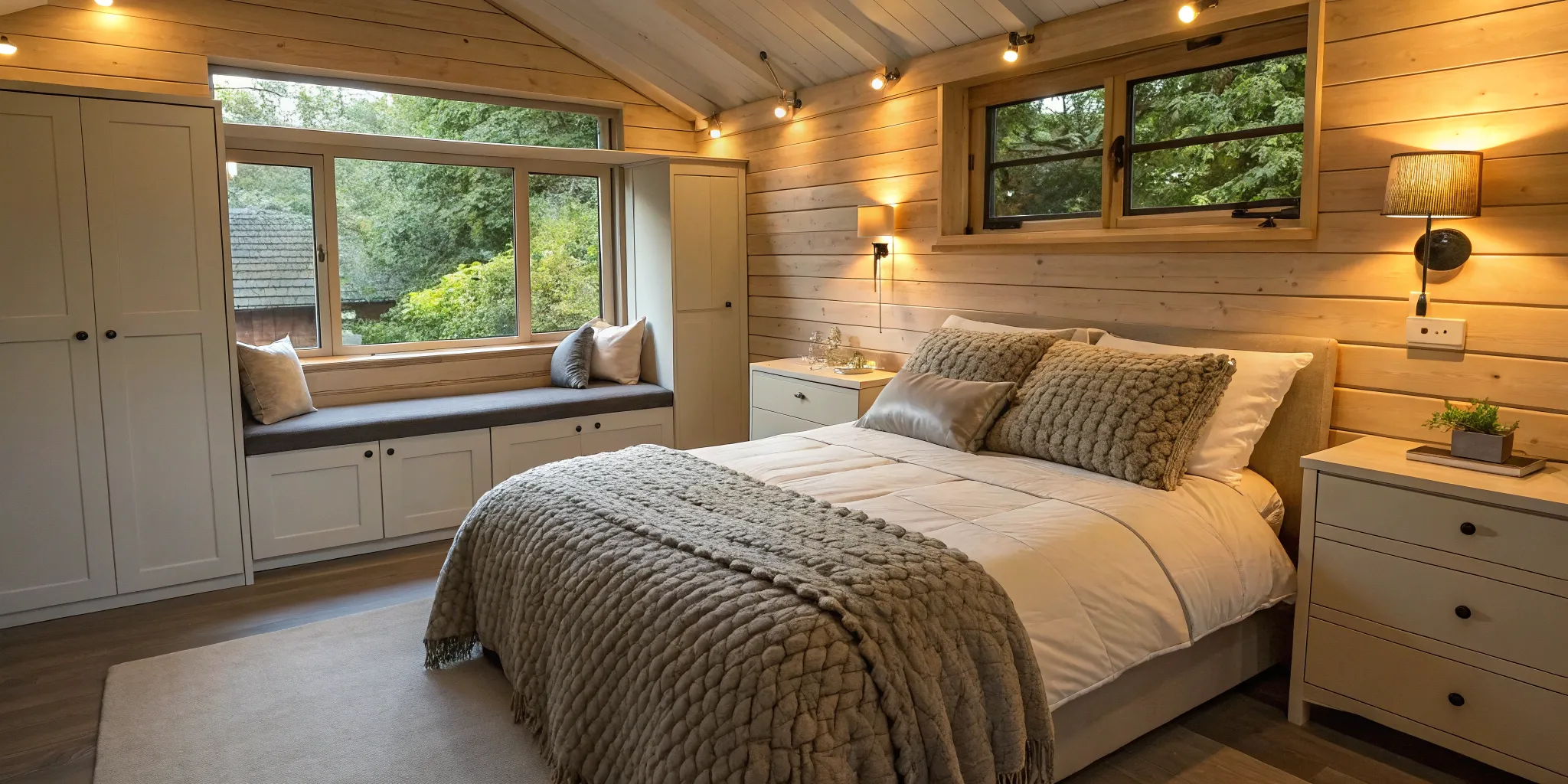

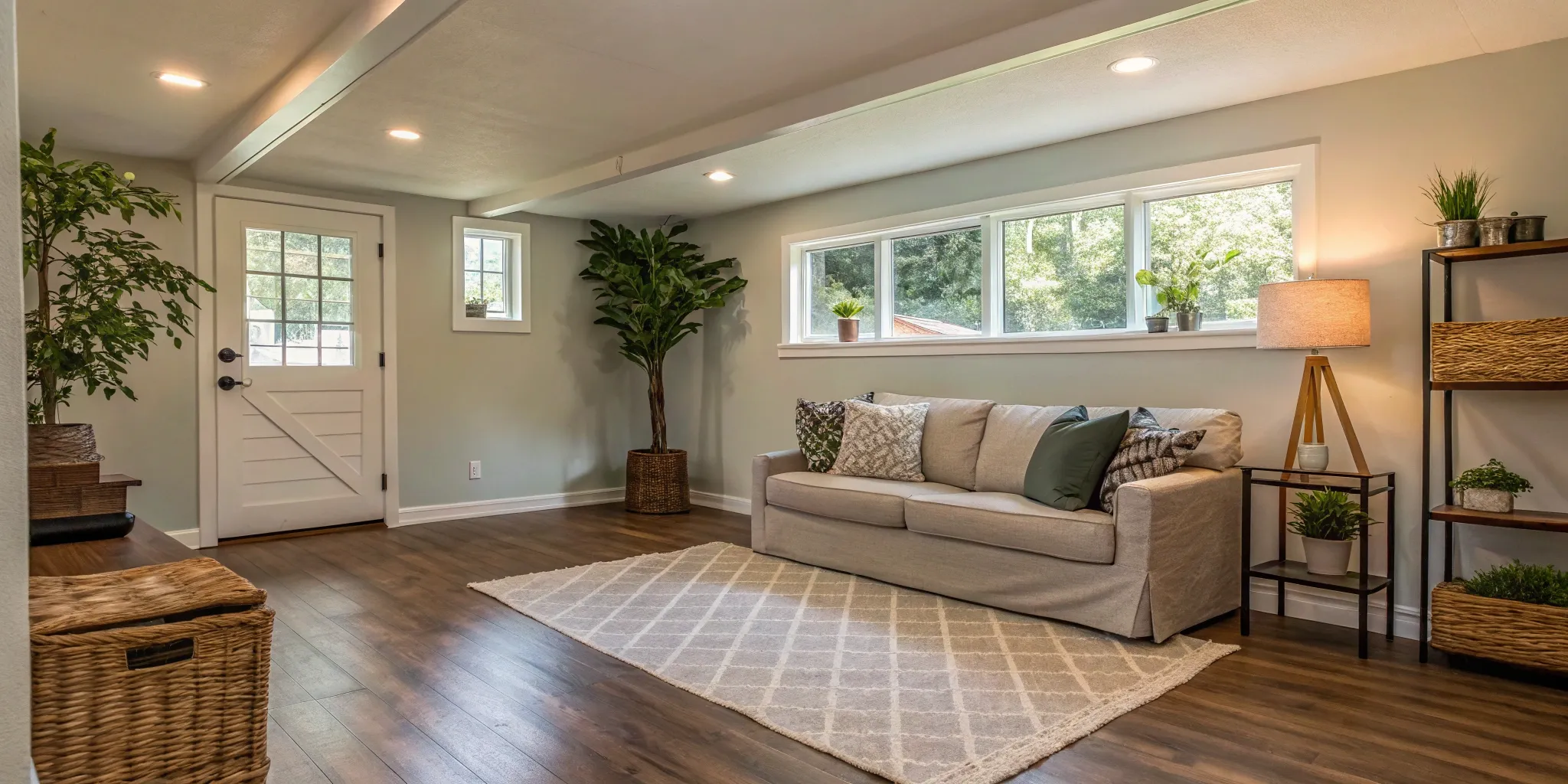

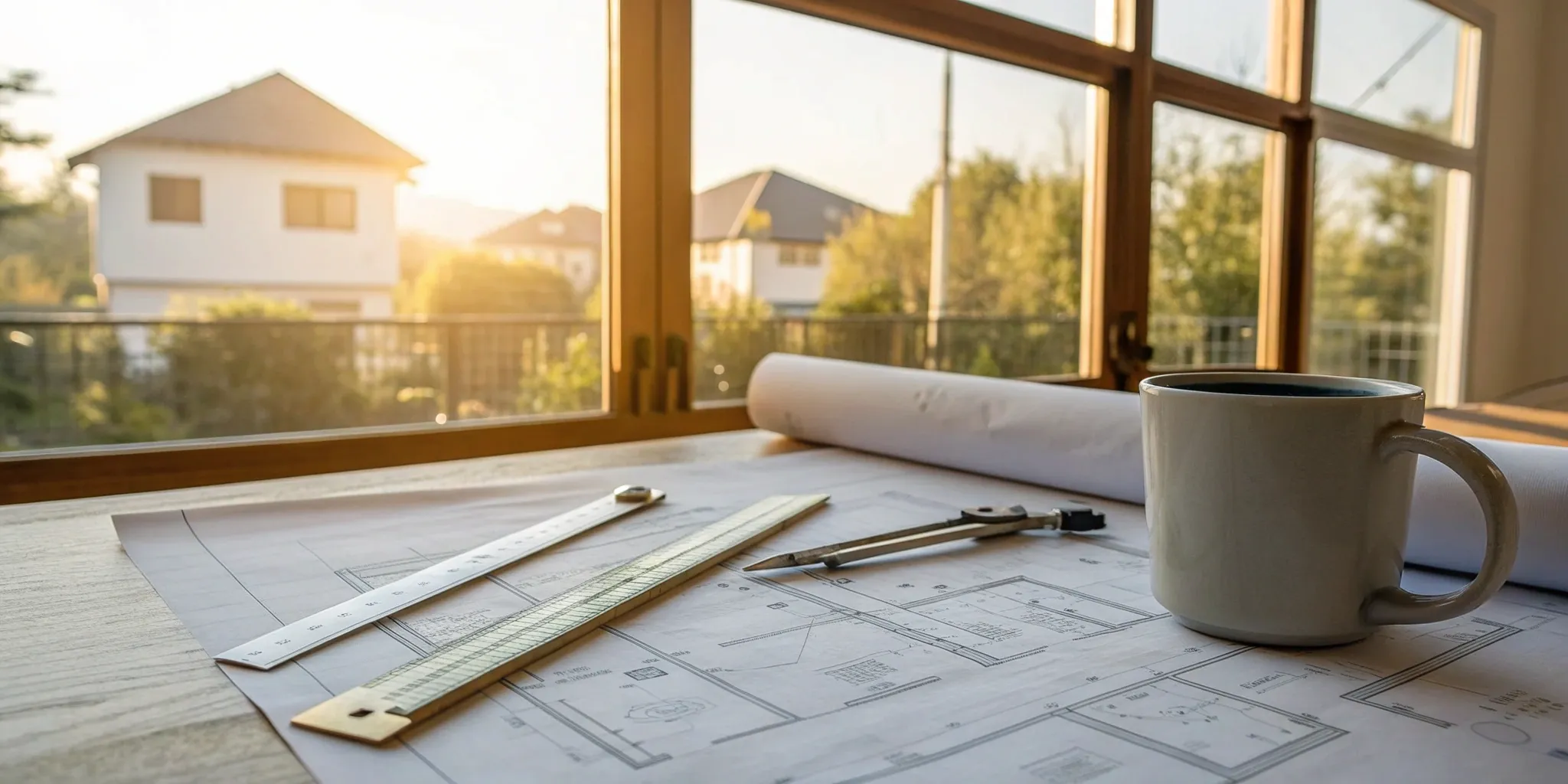


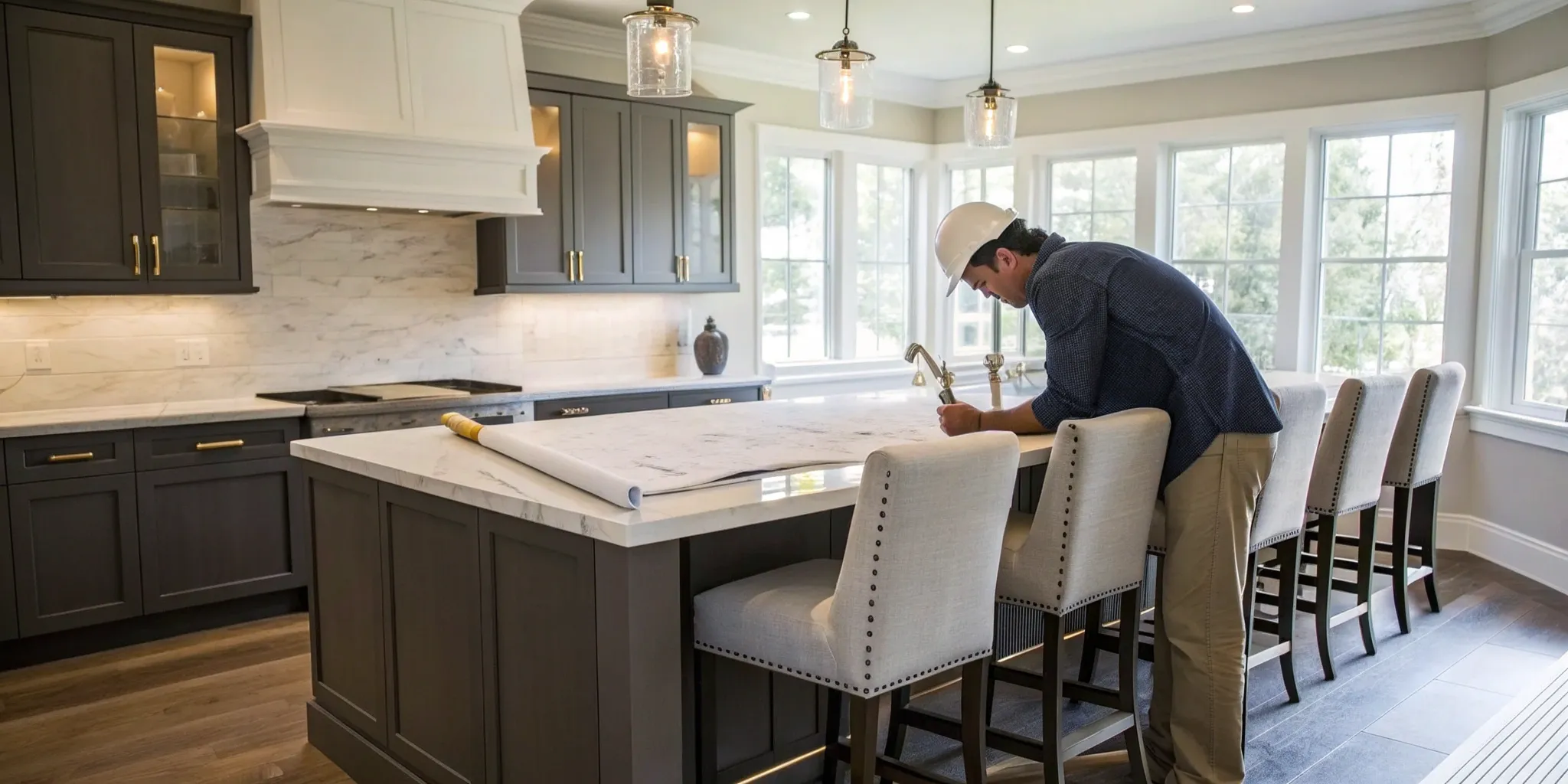
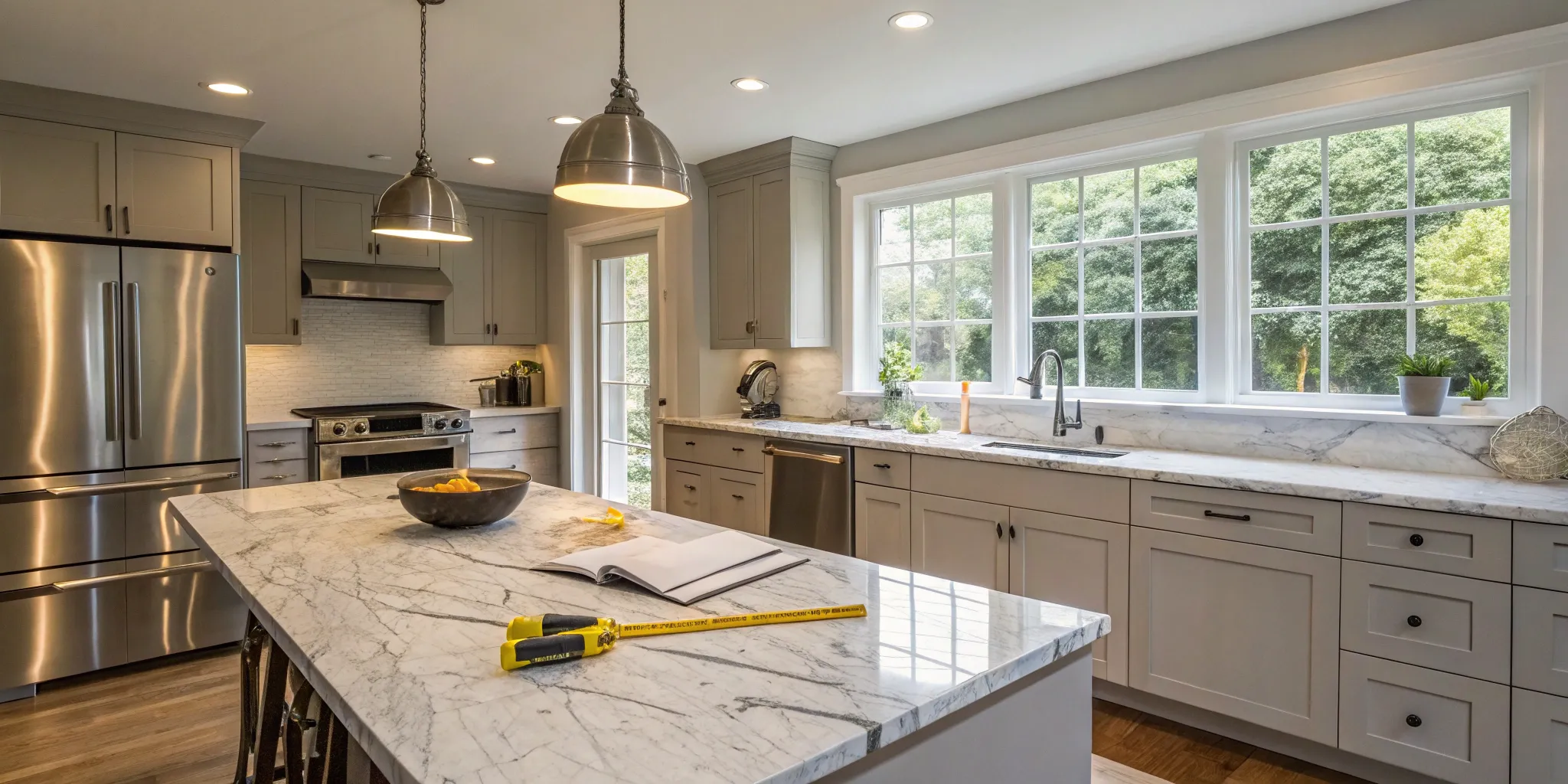


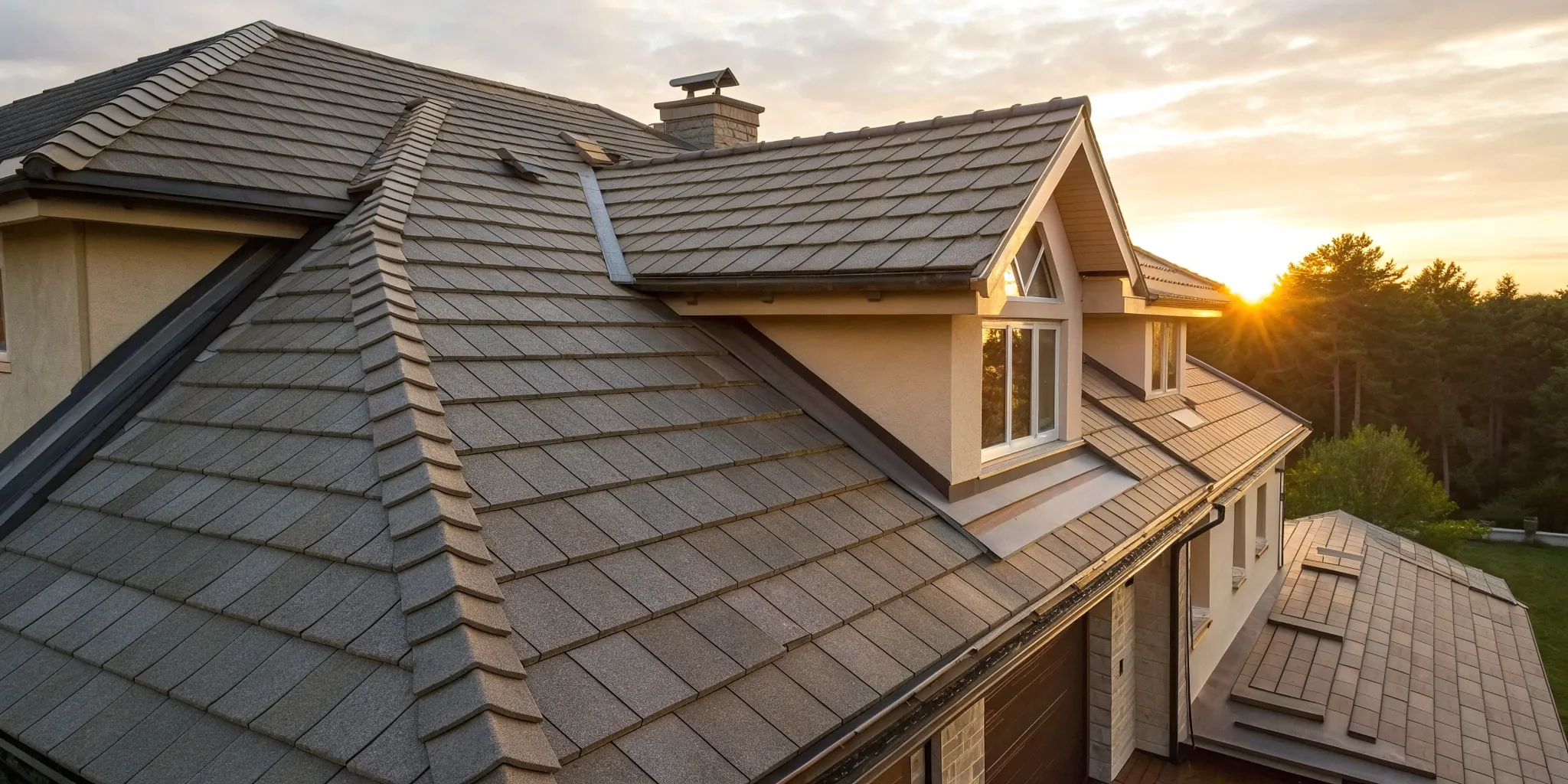
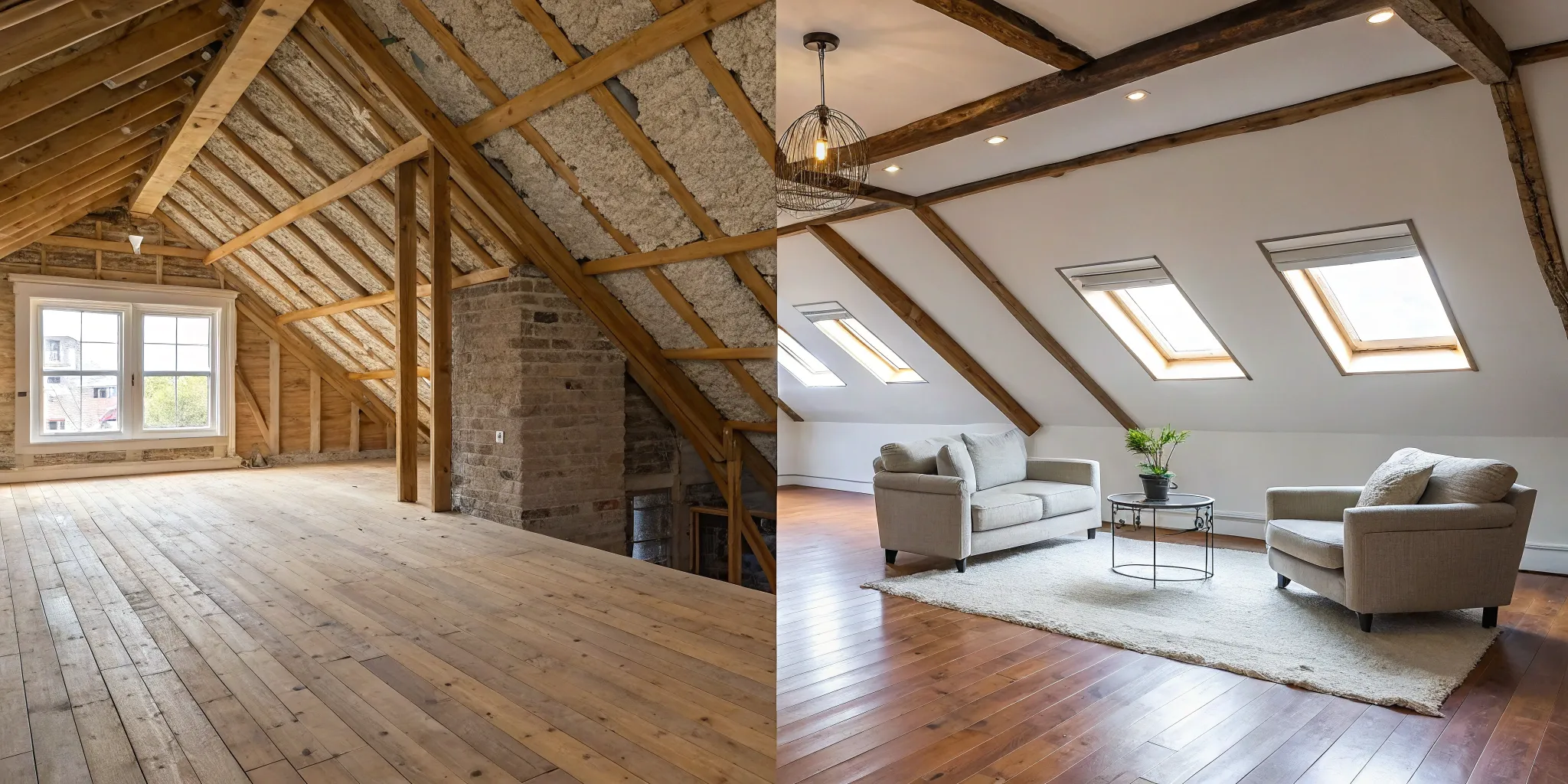

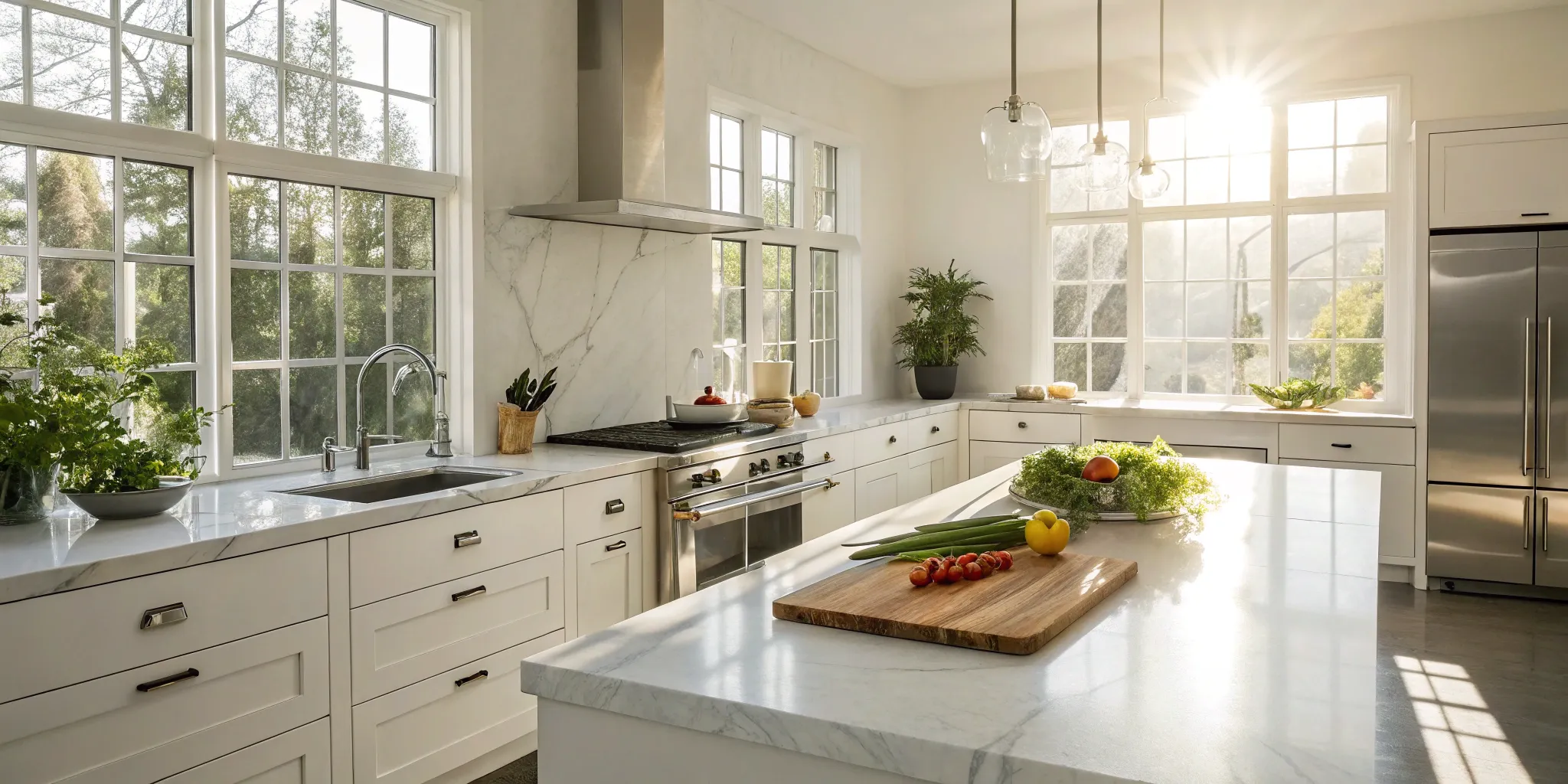


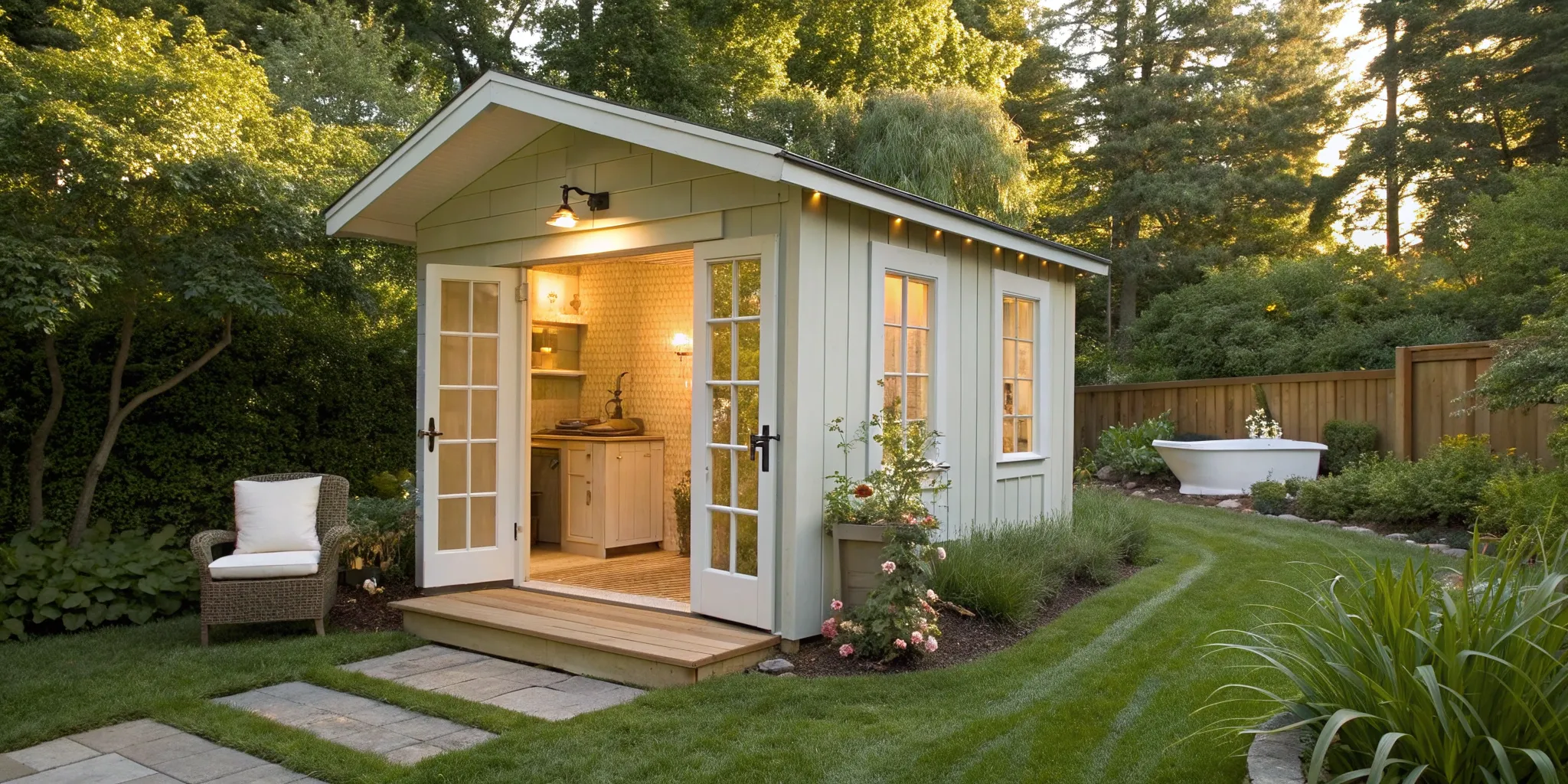
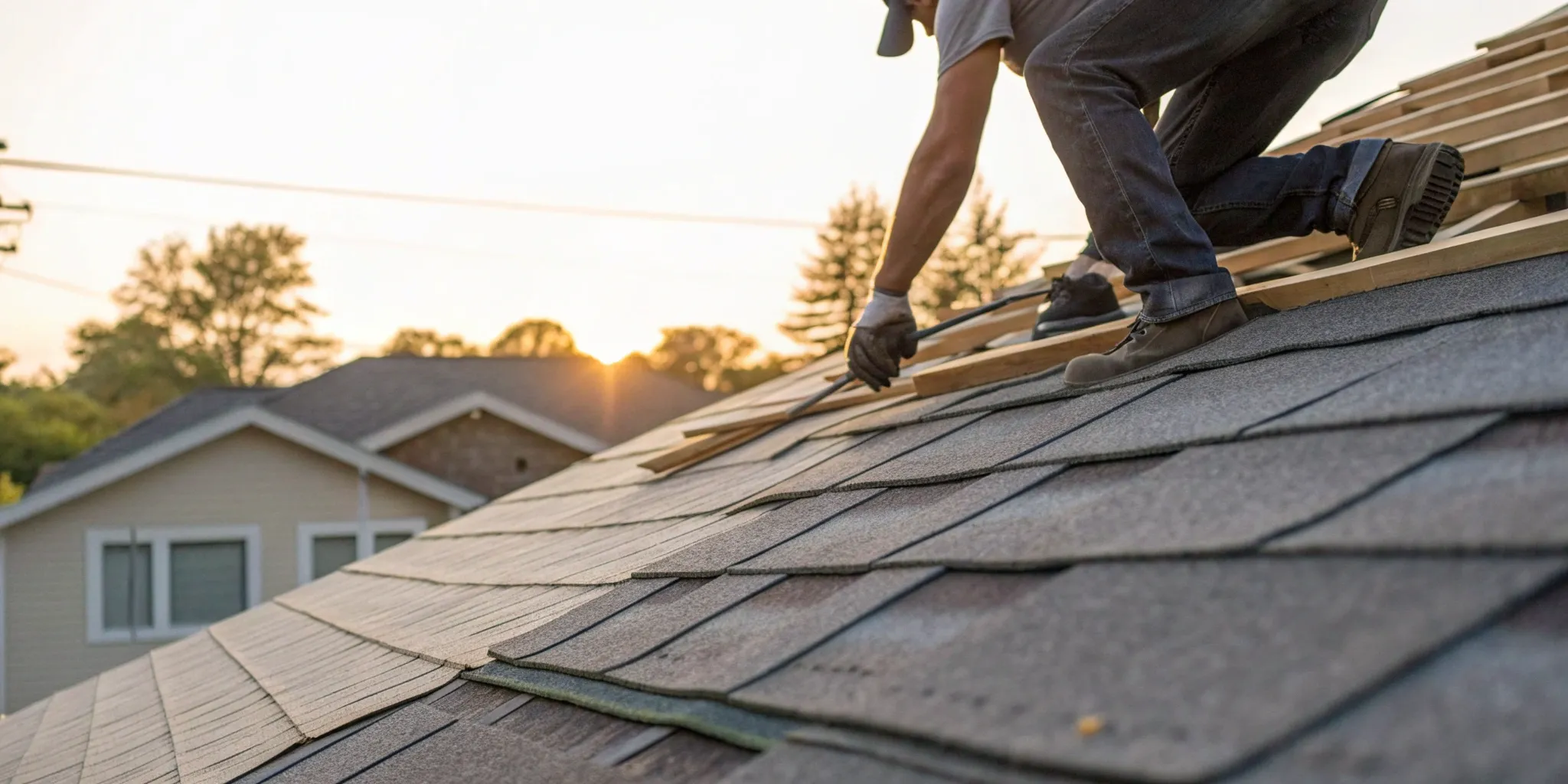

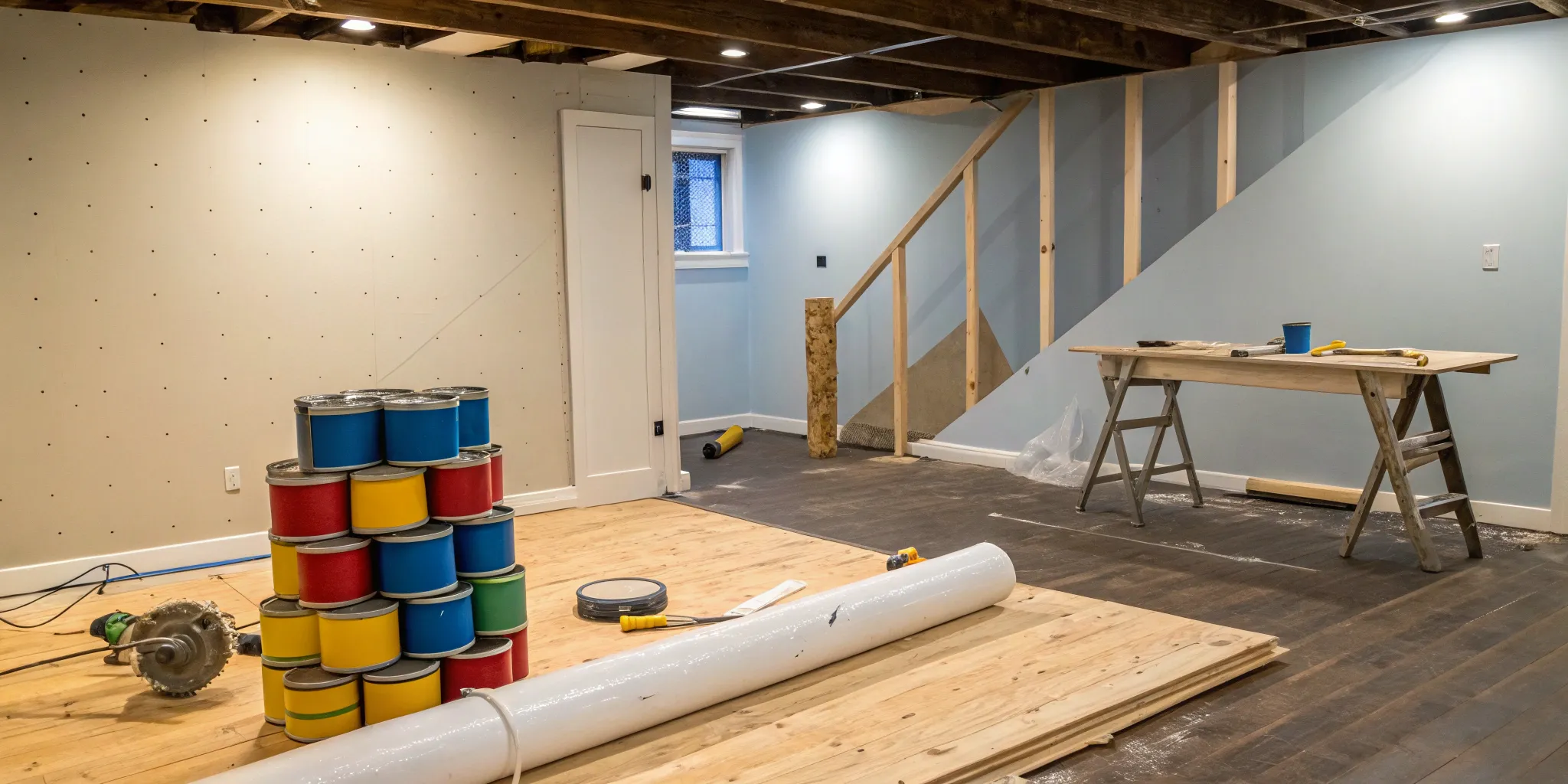


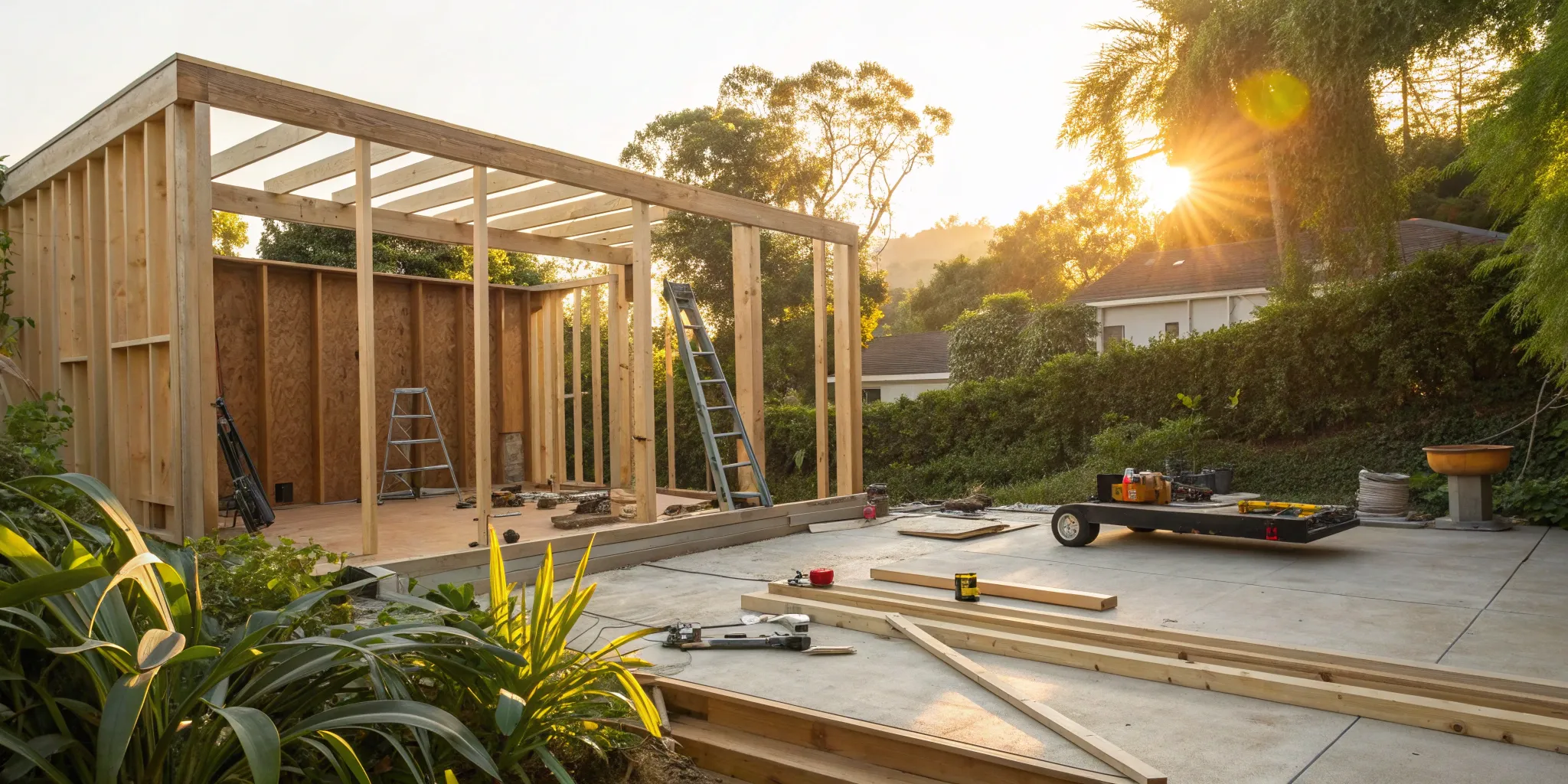
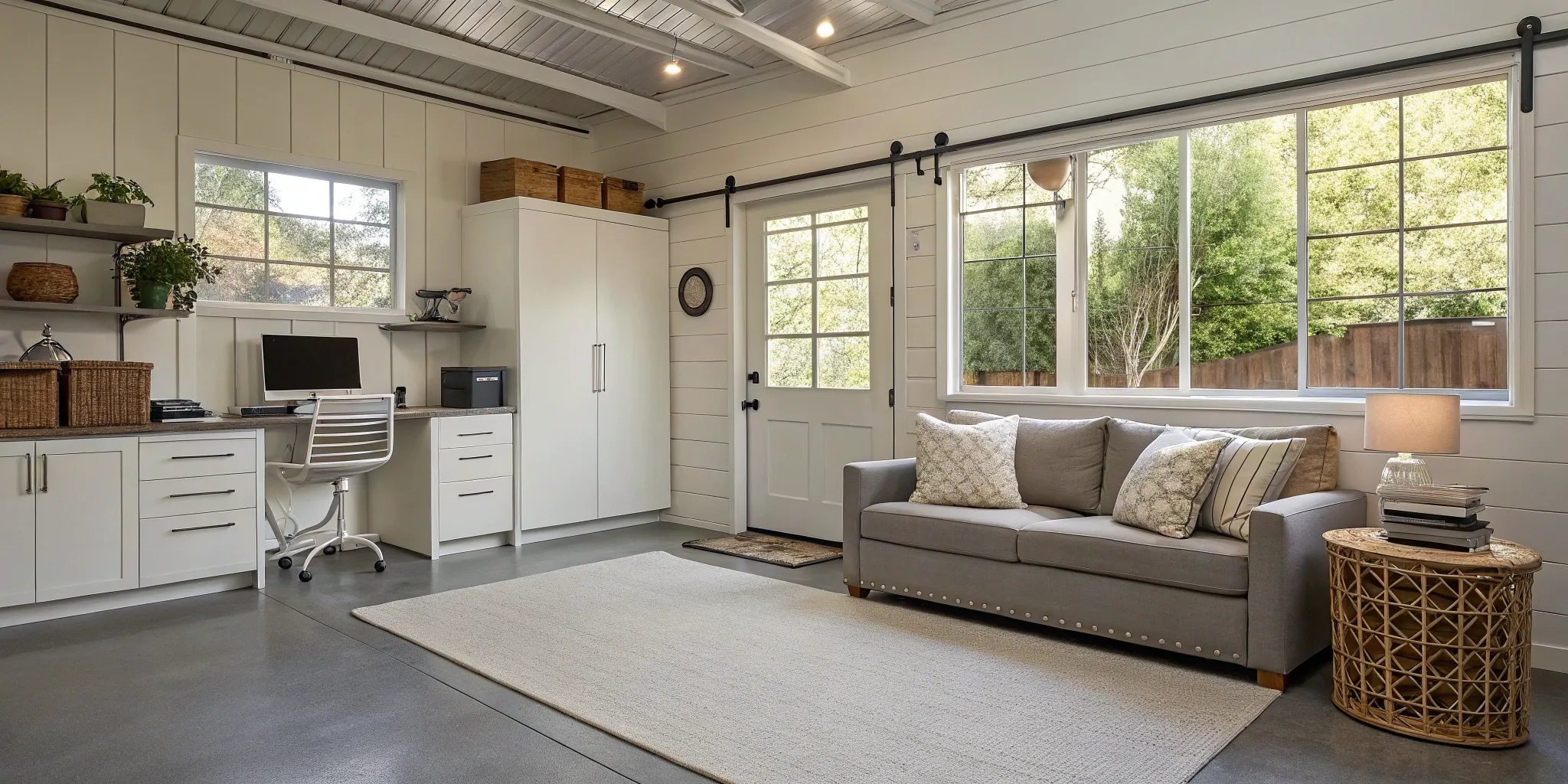
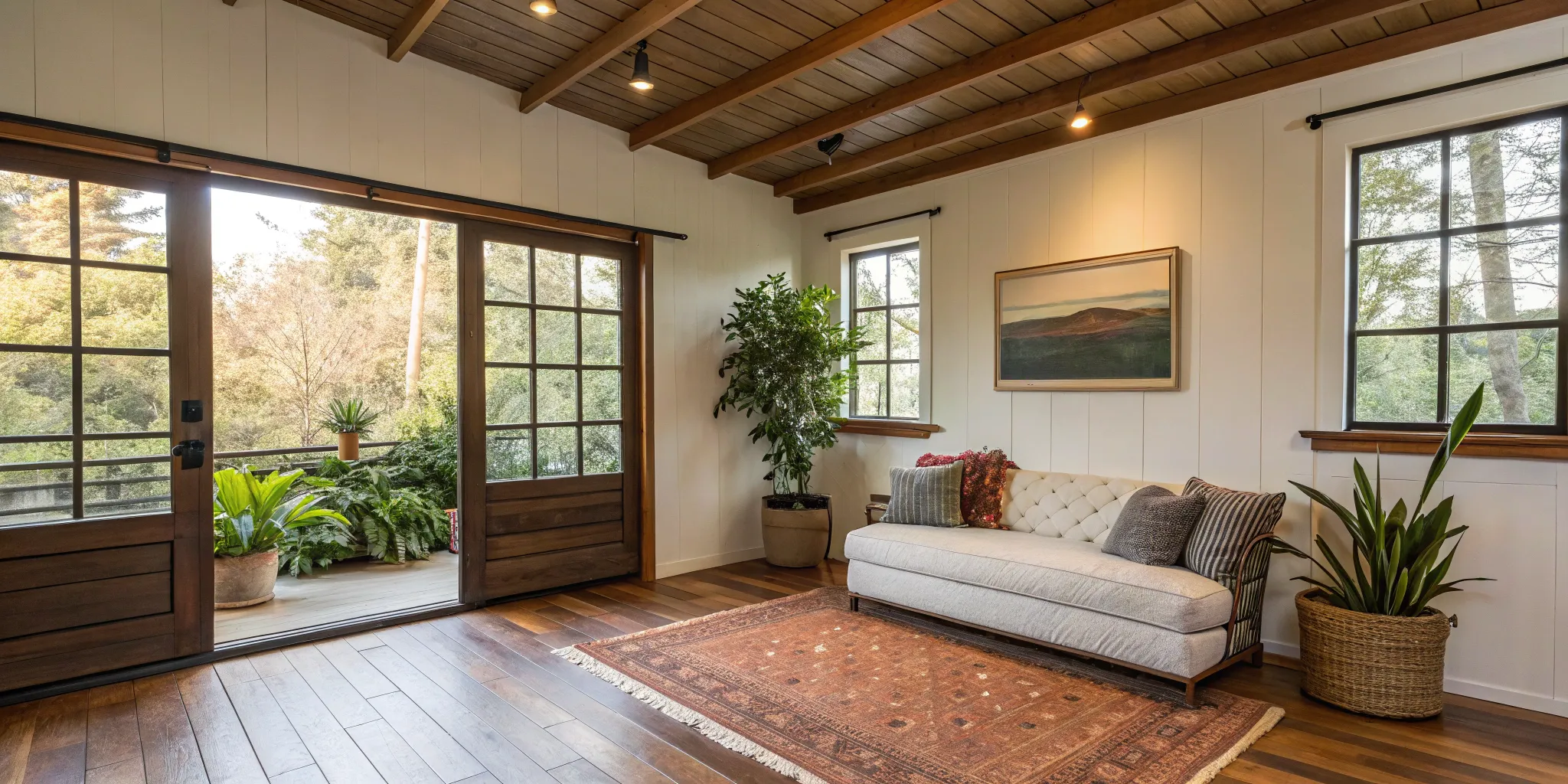
.png)
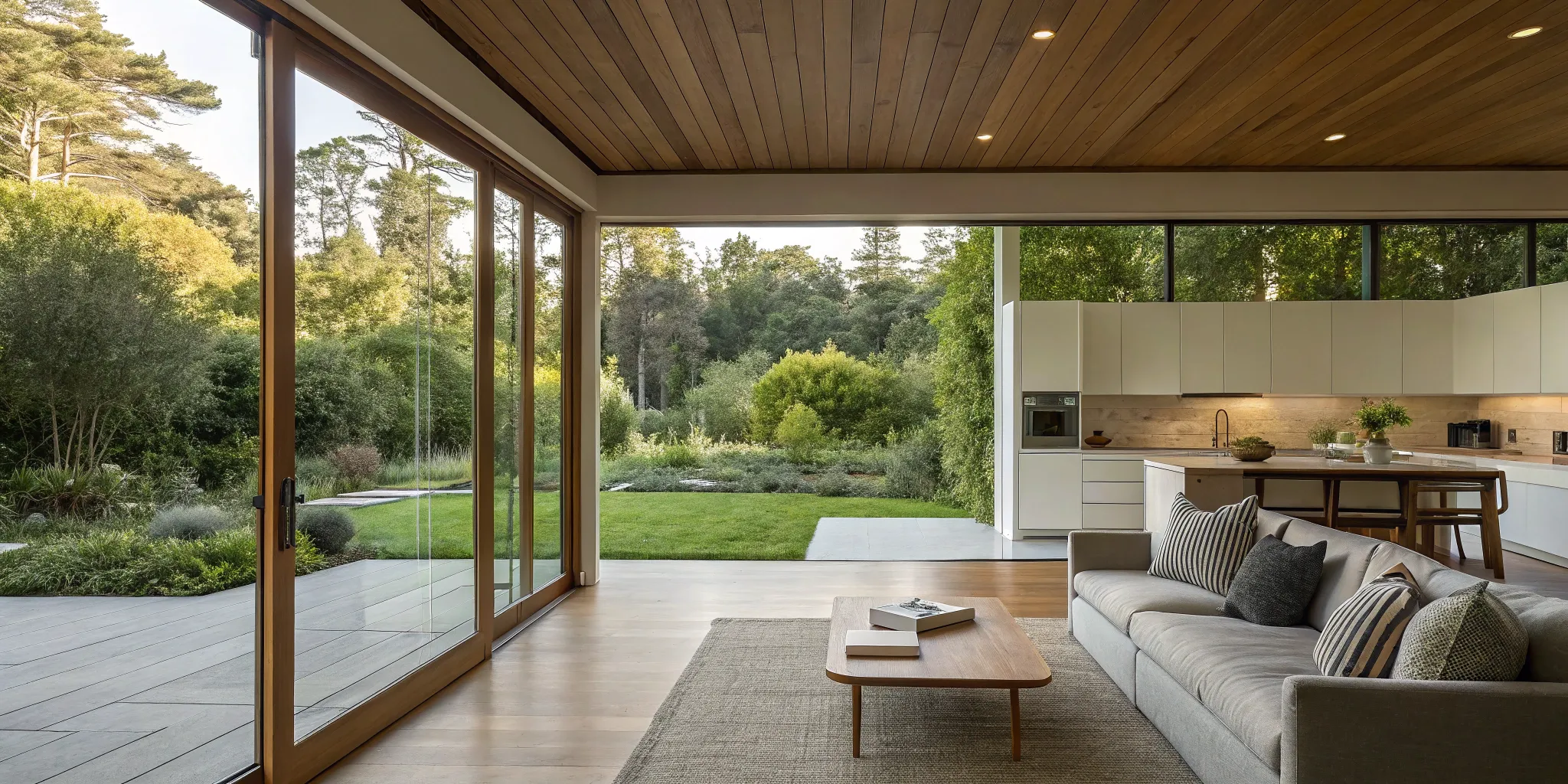


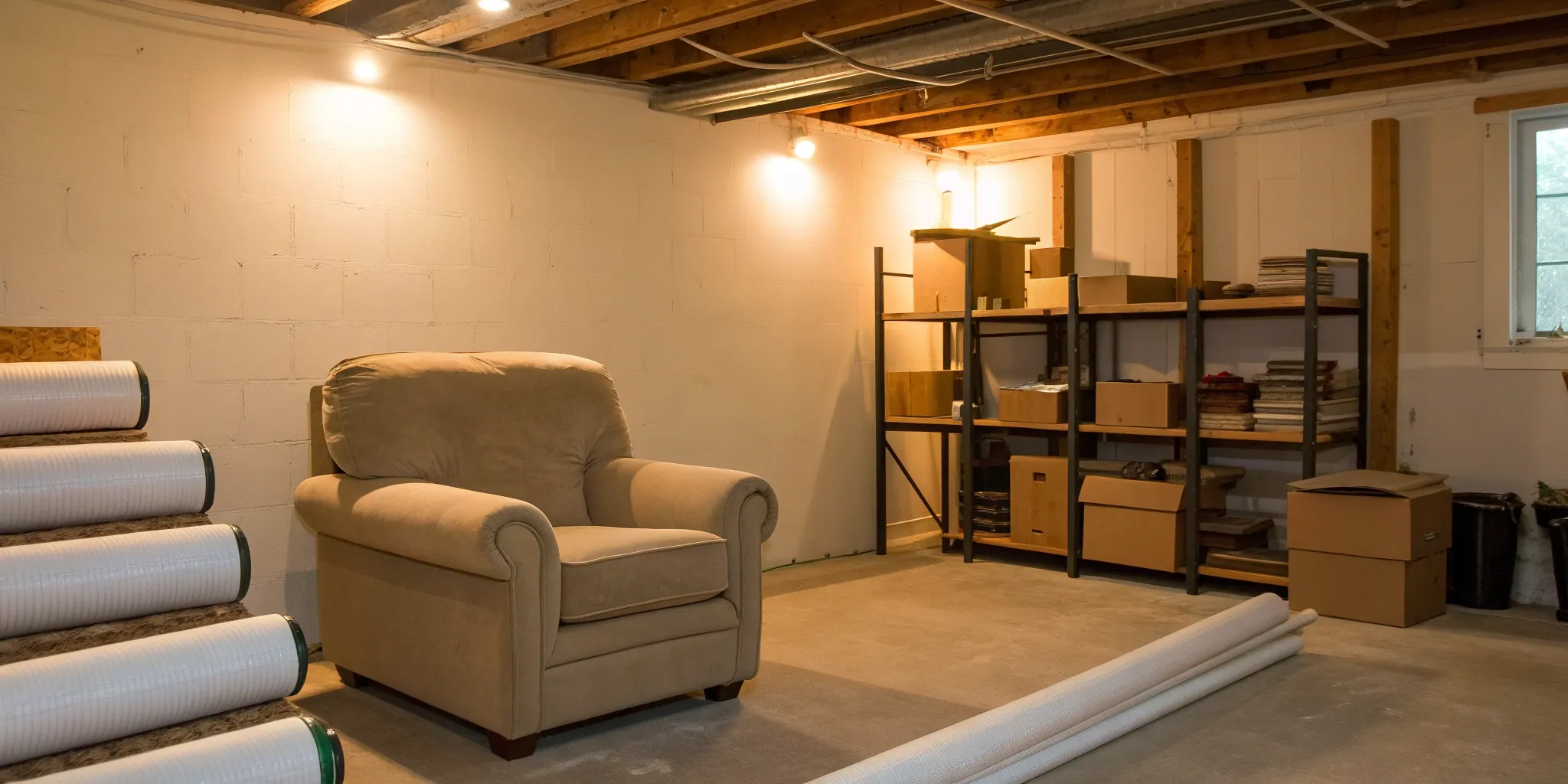
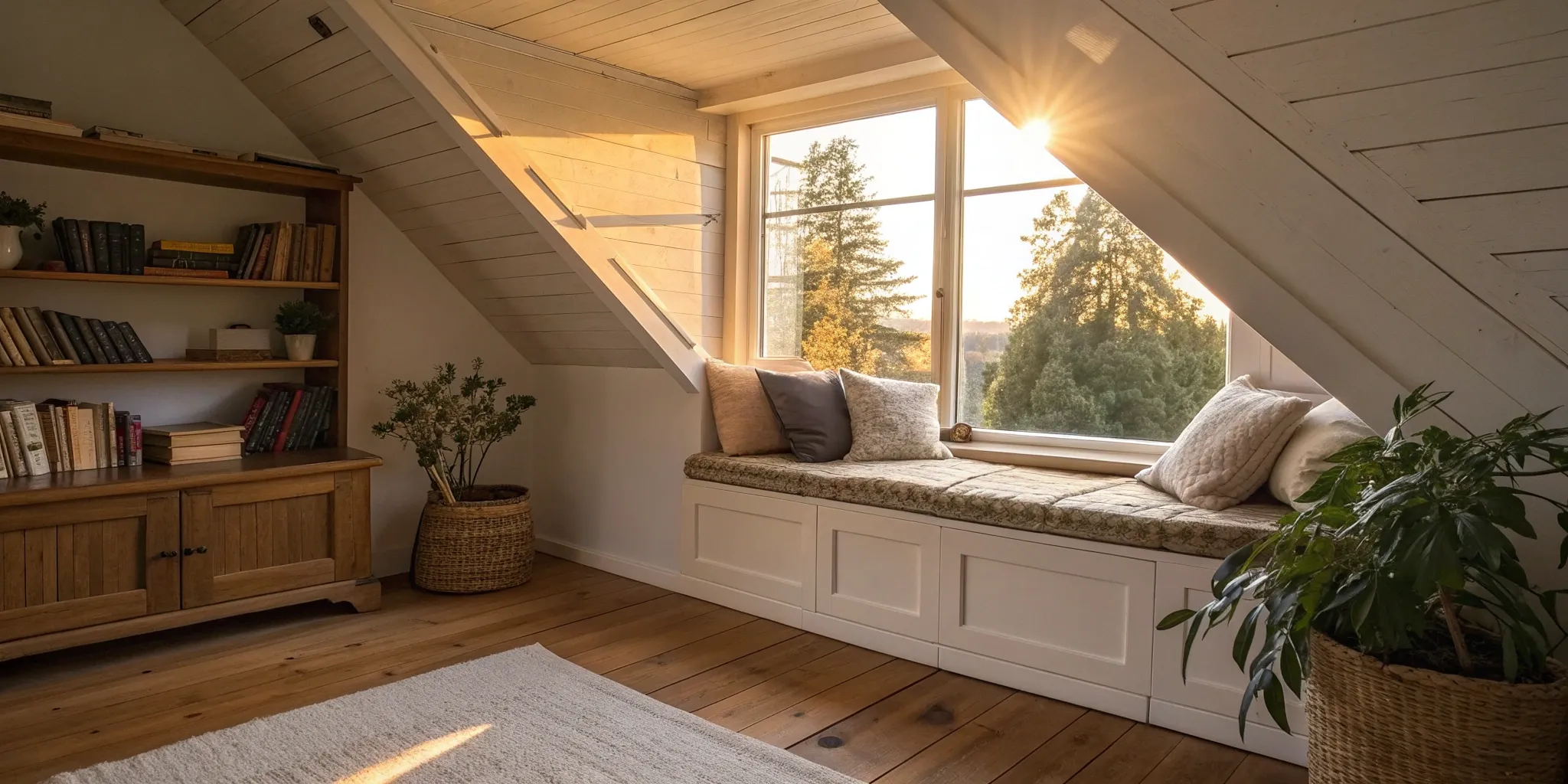
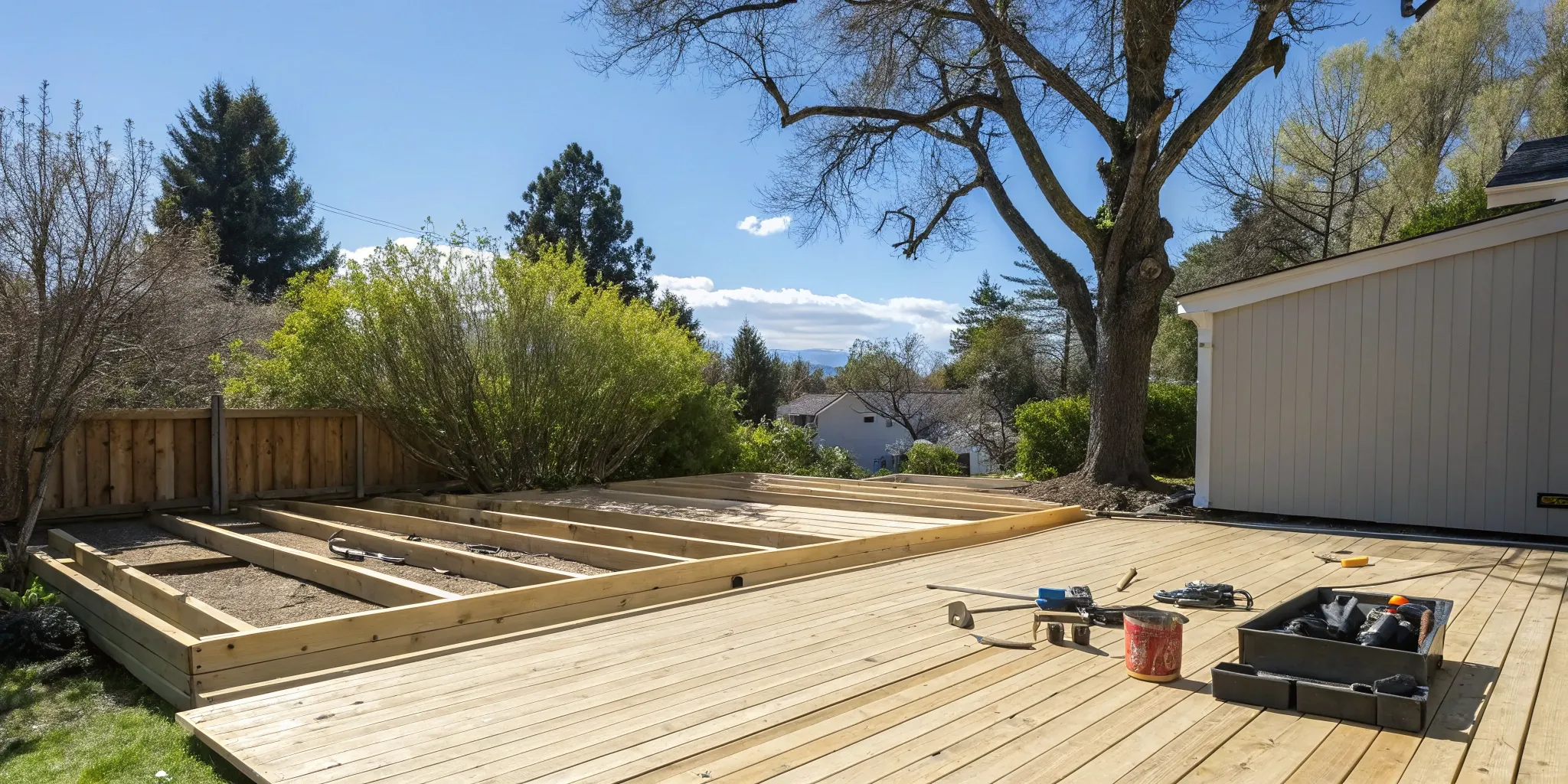

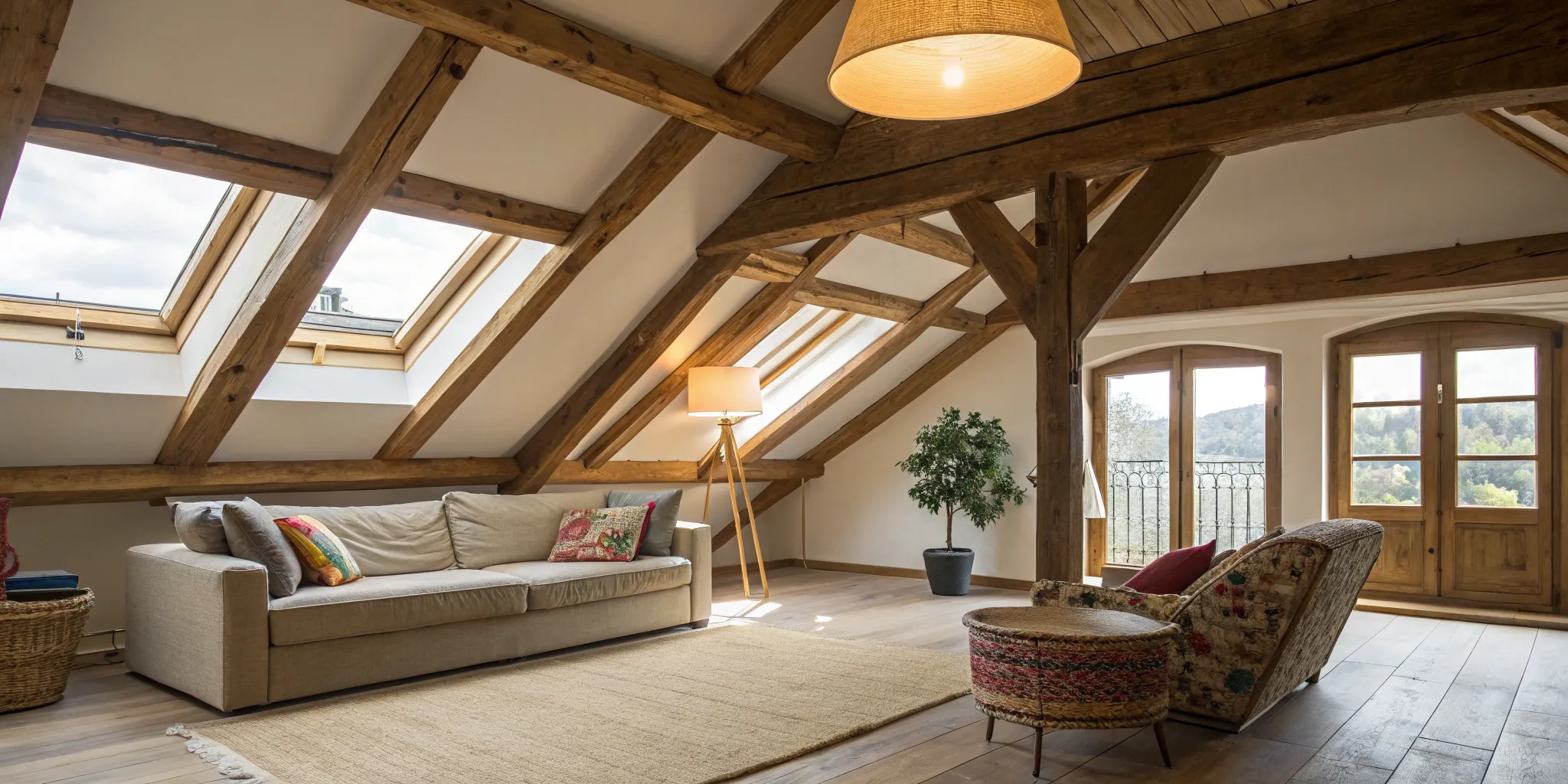



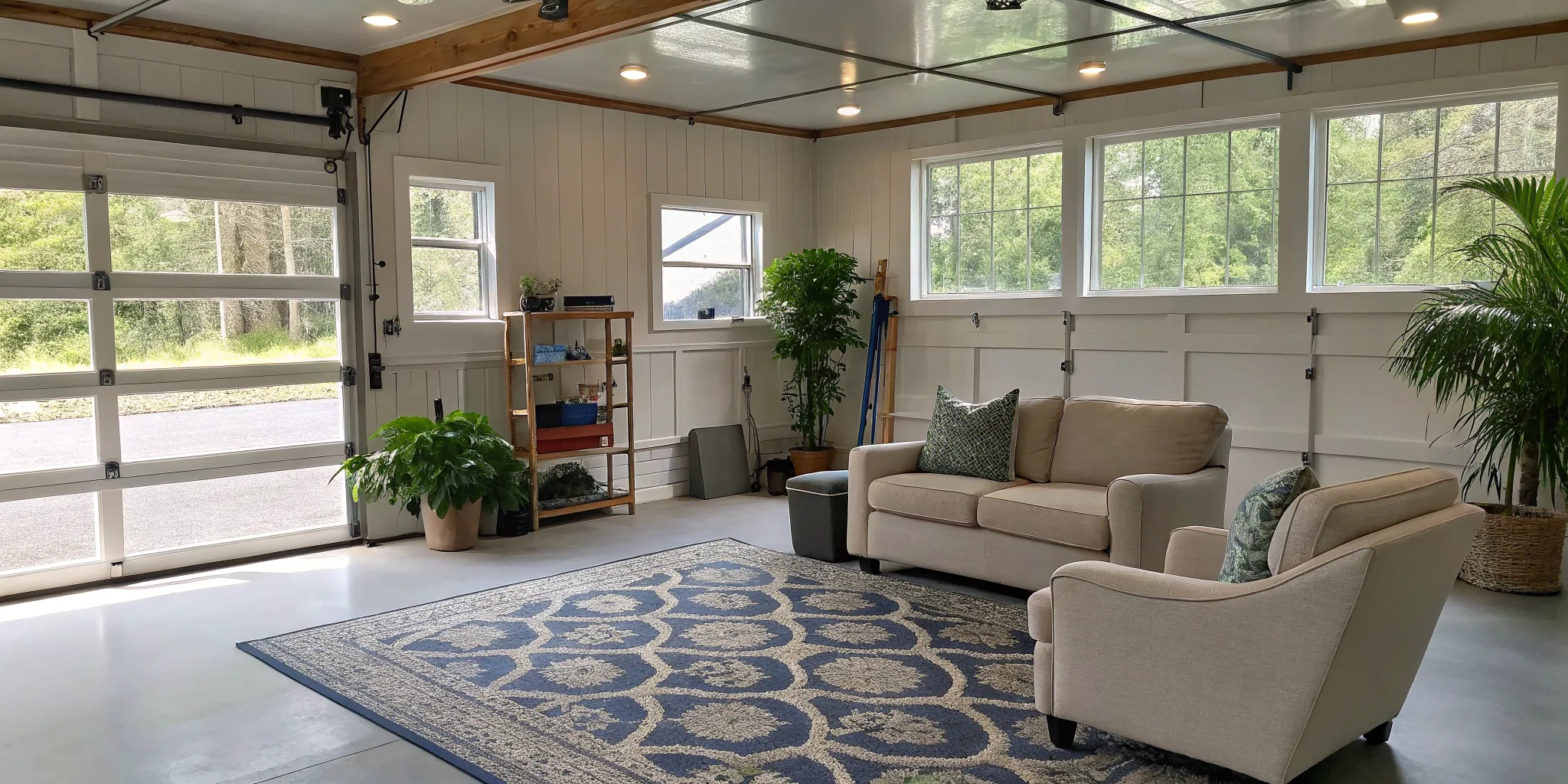
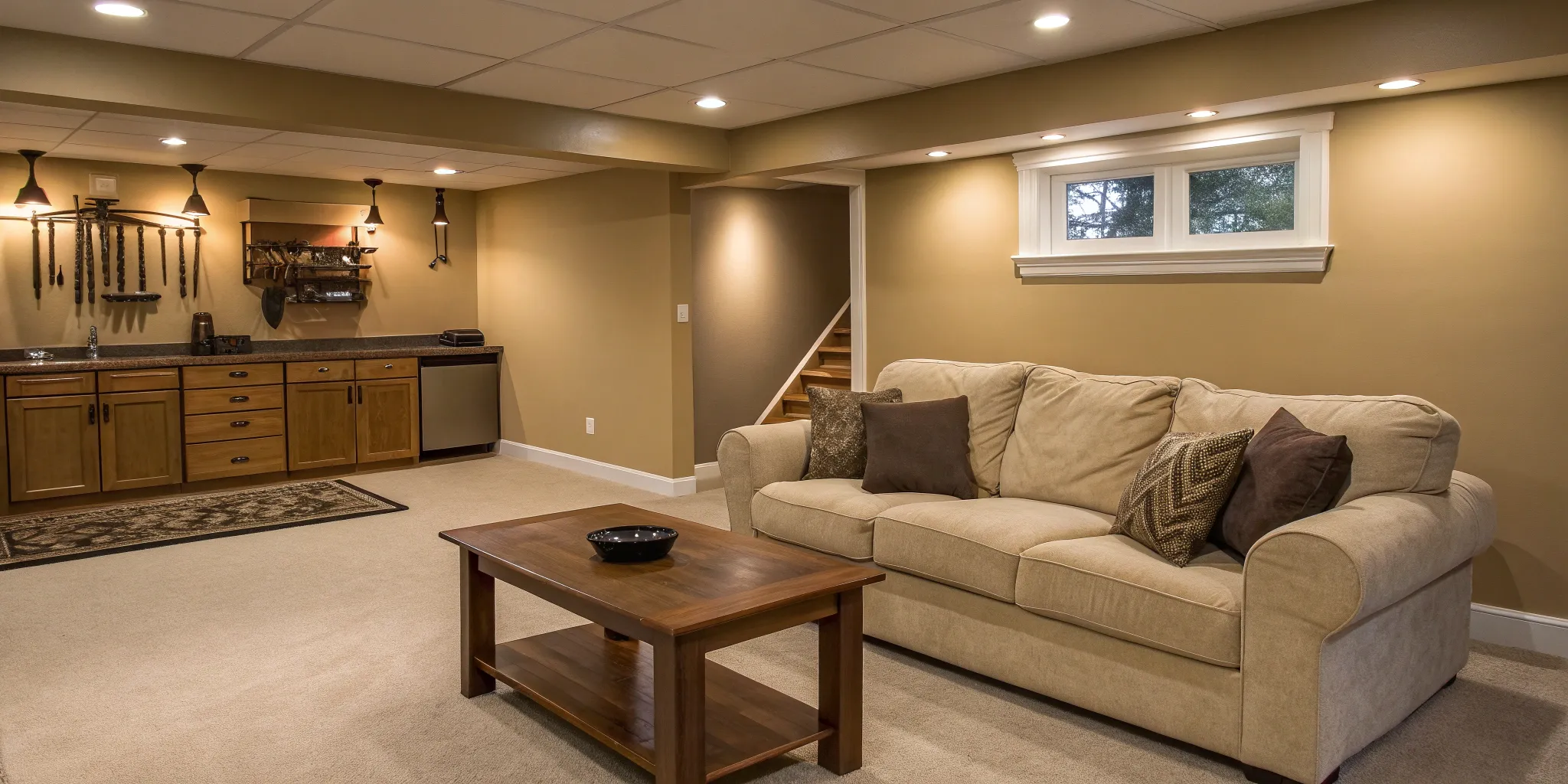



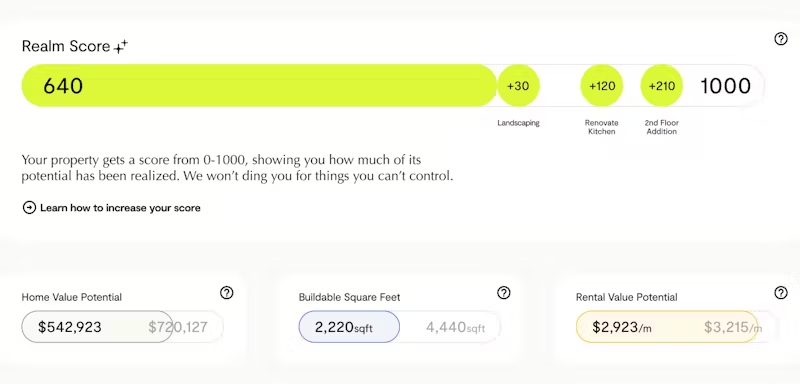
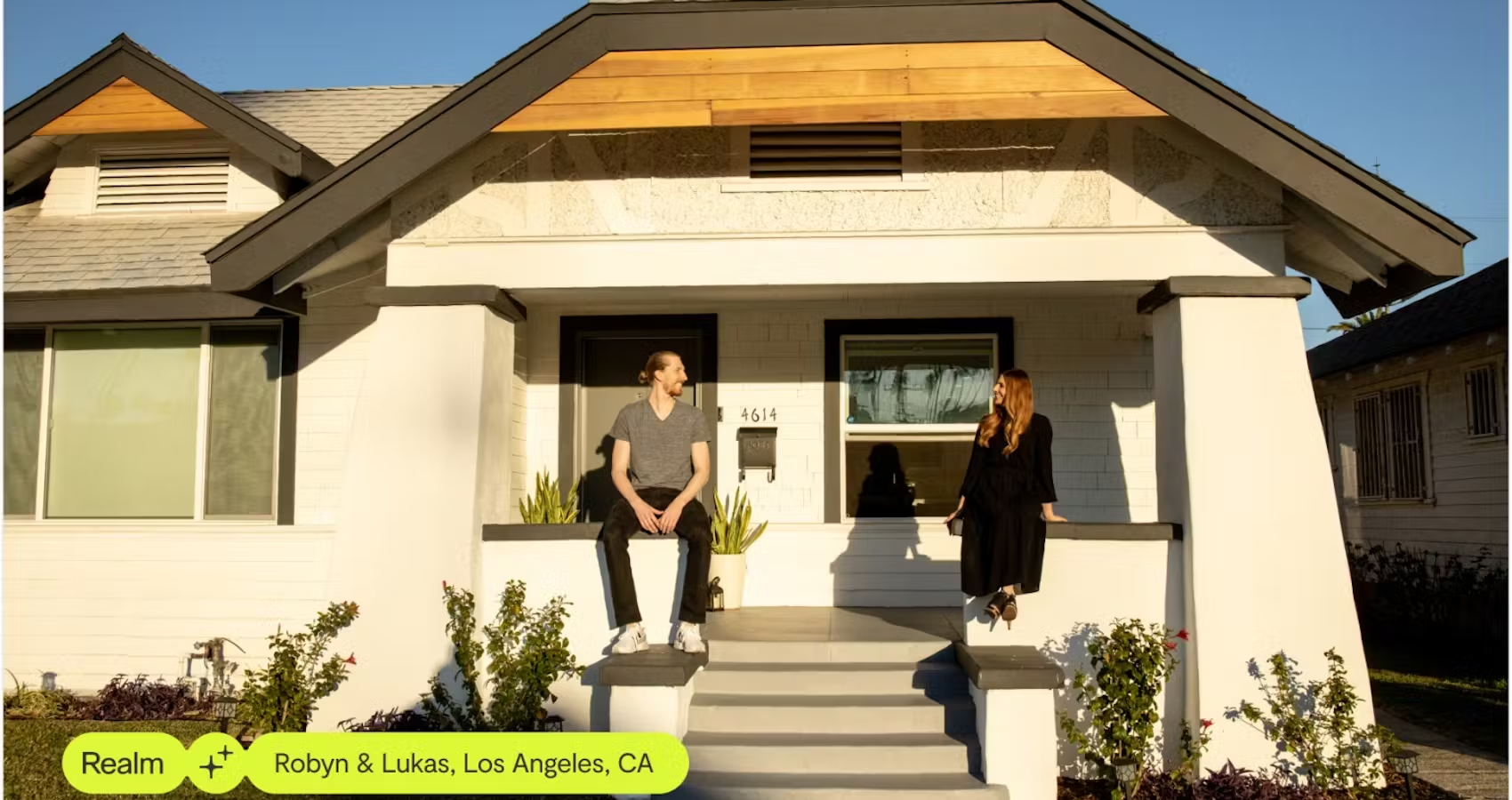
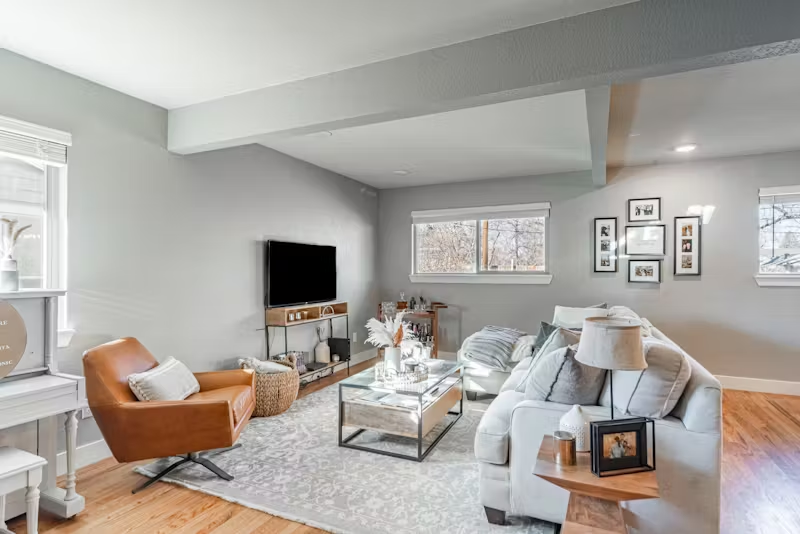
.avif)



